During hailstorm your roofs and skylights are vulnerable to damage and future repairs. When hail hits, it can damage the roof and skylights of your home as well as other personal property. Although hailstorms can be destructive, the amount of damage can vary greatly. Damage on the roof and skylights can be identified by:
- Wind – as hailstorm happens wind speed and direction can vary. Changes in wind direction and wind speed will affect the location and impact of the damage.
- Size and density - The size of the hailstones can affect the degree of damage, if any, to your property. With the recent hailstorm that hits Sydney the hailstones the size of tennis ball smashed into roofs.
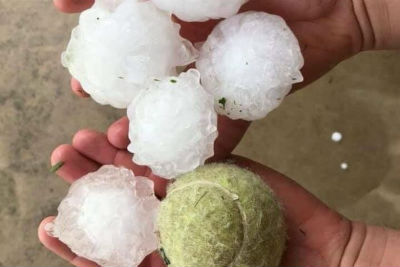
- Roof Materials – Roof materials absorb hail impacts differently. For Metal Roofs it can cause dings and dents on the roof. Tiled roofs are less susceptible to wind-driven damage and moderate hail impact. Direct hits from large hailstones will shatter individual tiles upon impact.
- Glass – Glass generally will withstand large hail better than a Polymer material however they will still break with the larger Hailstones. In the last big hailstorm in Sydney (December 2018) even Skylights with Toughened Glass like the industry leading Velux Skylights were damaged by the hail.
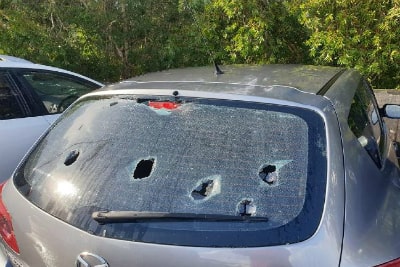
- Polymer (Acrylic & Polycarbonate Domes)
Polymer Domed Skylights will withstand small to moderate sized hail however like all roofing materials they will be damaged by large hail. In the recent storm some Polymer Skylight Domes that were replaced were more than 35 years old which gives testament to their durability having survived more than 35 seasons of extreme Australian weather. The domed shape combined with the softer Polymer material gives the dome the ability to absorb most hail impacts without breaking. Here's an example of How to replace the Traditional Frame and Dome (TFD)

- Last December 2018 Residents of Sydney suburbs were waking up to inspect the damage caused by the worst hailstorm in almost 20 years. The “catastrophic” storm saw hail smash windows and batter roofs across Sydney and beyond. With massive damage of hail across Sydney it produces a lot of leaking roofs and skylights needing to be repaired and replaced.
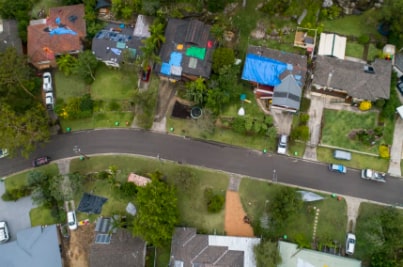
What to do when your Skylight is damaged.
- Once the storm has passed the first priority is to waterproof the damaged Skylight. One of the best ways to do this is to place a tarp over the Skylight. Make sure this is done by a competent person that is qualified to be on a roof.
- If you can not waterproof the Skylight yourself immediately after the storm, contact a Skylight repair company or a roof repair company however if they are unavailable you can contact the SES.
- You may want to contact your insurance company. This may delay how soon your Skylight is repaired as a big hailstorm can sometimes cause months of delays before Insurance companies can organize repairs for all claims due to massive workloads.
Here are 5 Ways to Replace a Skylight Dome
- Standard Dome Replacement
- Replace with Traditional Frame and Dome
- Modify Skylight and Replace with Traditional Frame and Dome
- Replace Dome with larger dome and frame extension
- Replace Dome with Skywindow Frame and Glass
Skylight & Dome Measurements
- Flange to Flange - This is the measurement from the edge to the edge of the Polymer Dome.
- Flange Width - This is the distance from the Edge of the Polymer Dome to the bottom of the Dome Shoulder
- Shoulder Height - This measurement can be critical on some brands of Skylight to make sure that it will fit over some Skylight Frames with a high lip.
- Dome Height - This measurement is mostly not critical to replacing a dome.
- Nominated Skylight Size - This is the throat or internal size of the Skylight. If the Skylight is a 2 piece unit with a Flashing and Frame, the Frame will need to be removed to get the correct measurement.
- Trim Size - The Trim size is bigger than the Flange to Flange size of the Dome. In most Skylight Brands it will be 5 – 15mm bigger than the Flange to Flange size of the Dome.
- Frame Size - This is the external measurement of the Frame. If the Skylight is a 1 piece Skylight it will be the same size as the Nominated Skylight Size. If the Skylight is a 2 piece unit, the Frame size will generally be 5 – 10mm bigger than the Nominated Skylight size.
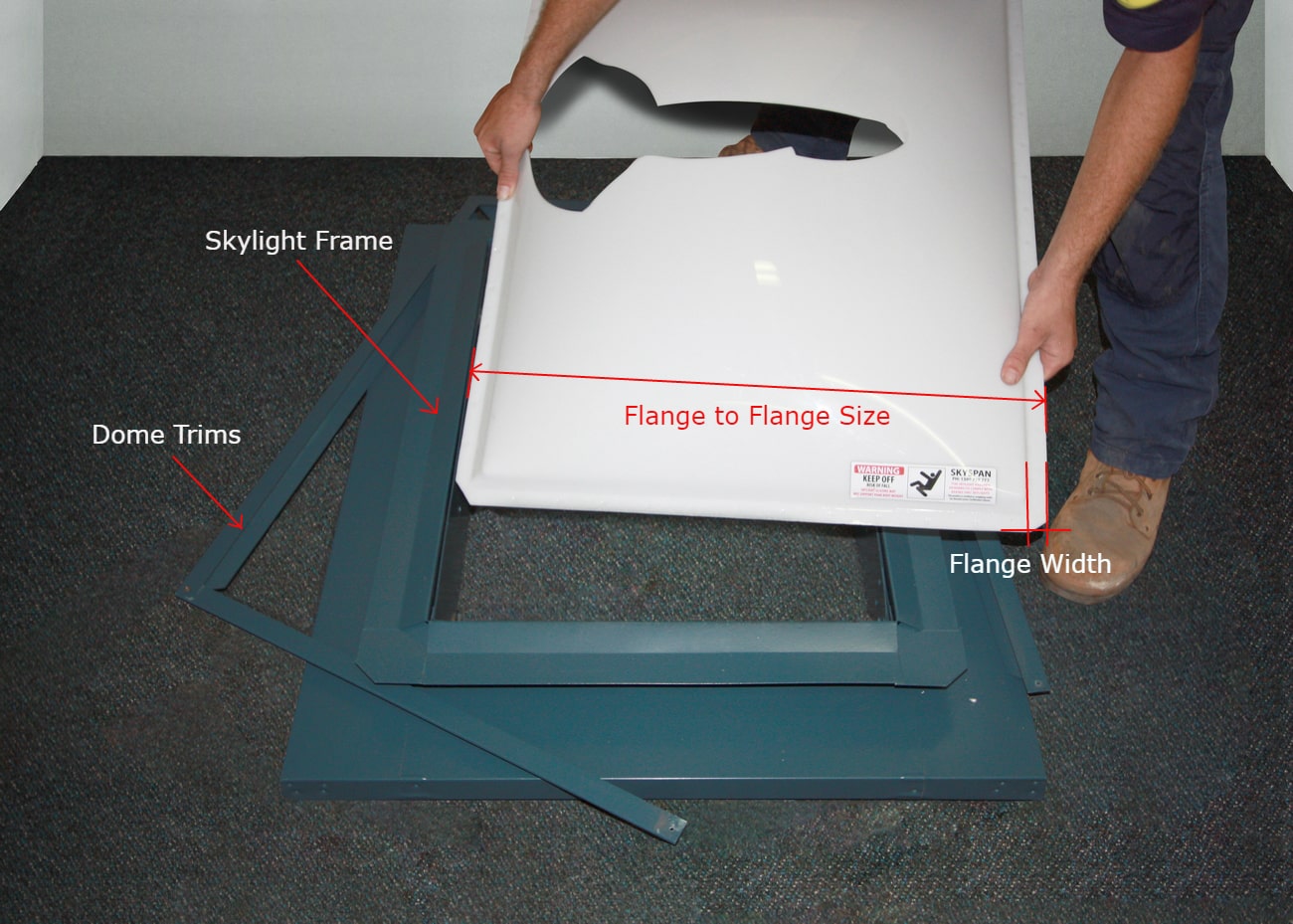
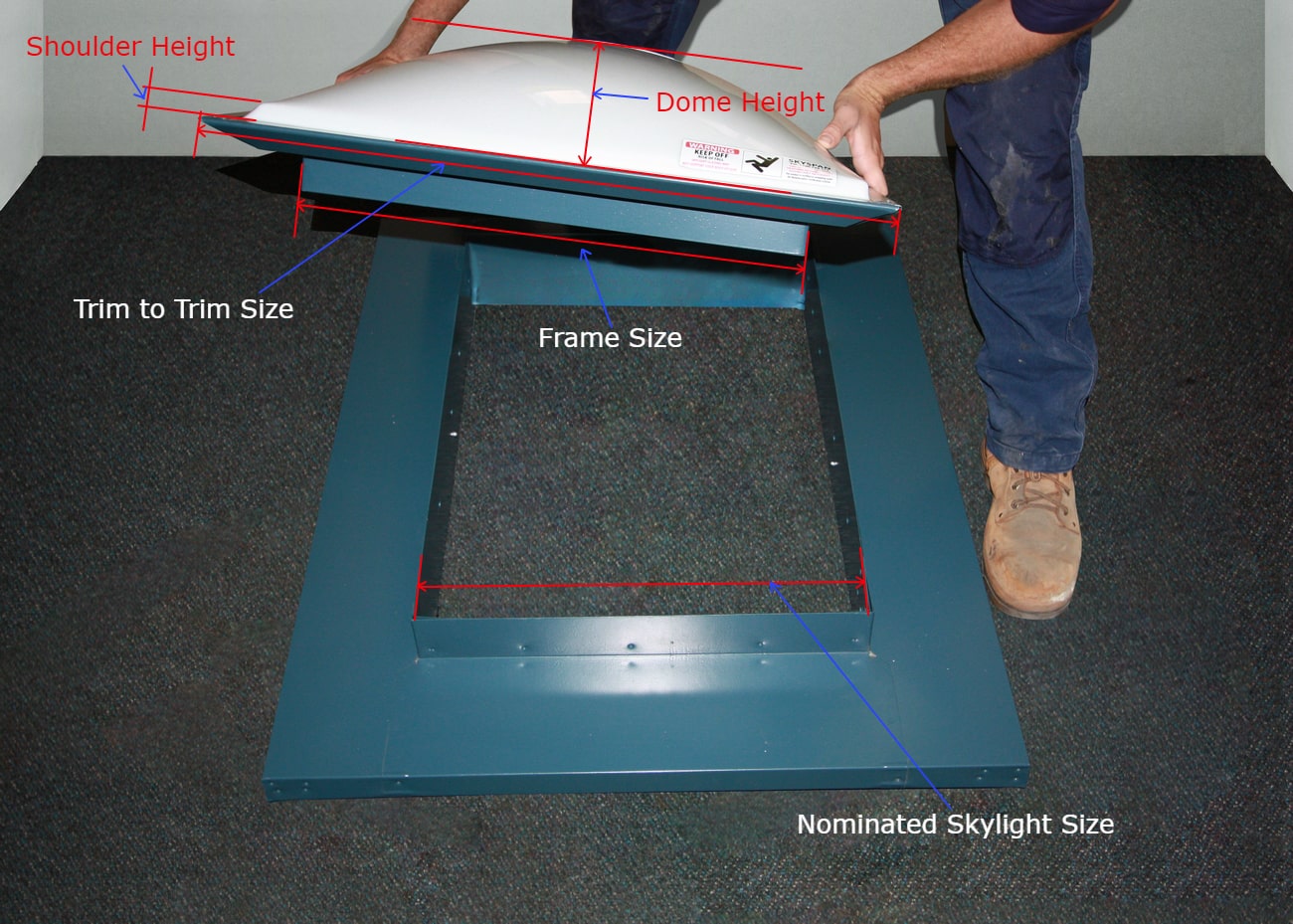
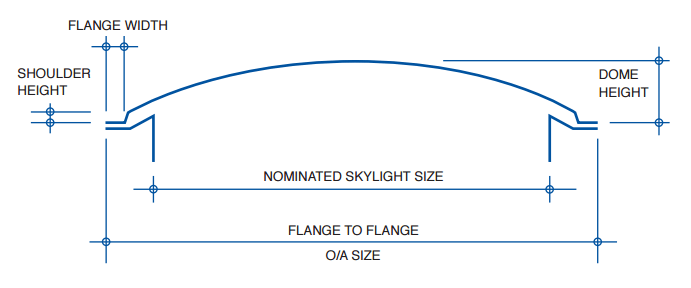
Standard Dome Replacement
1. Drill out rivet
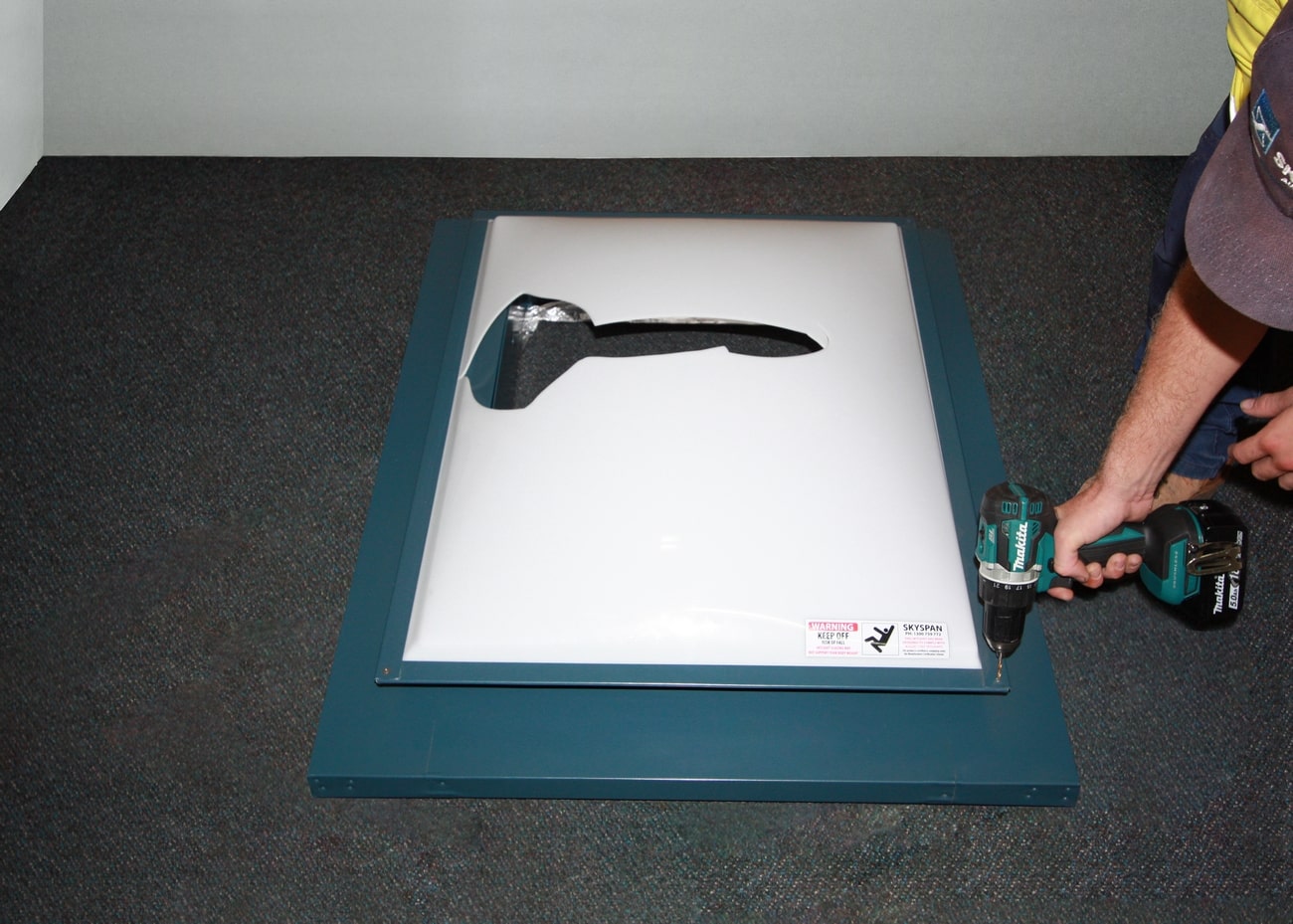
2. Pull off existing trims
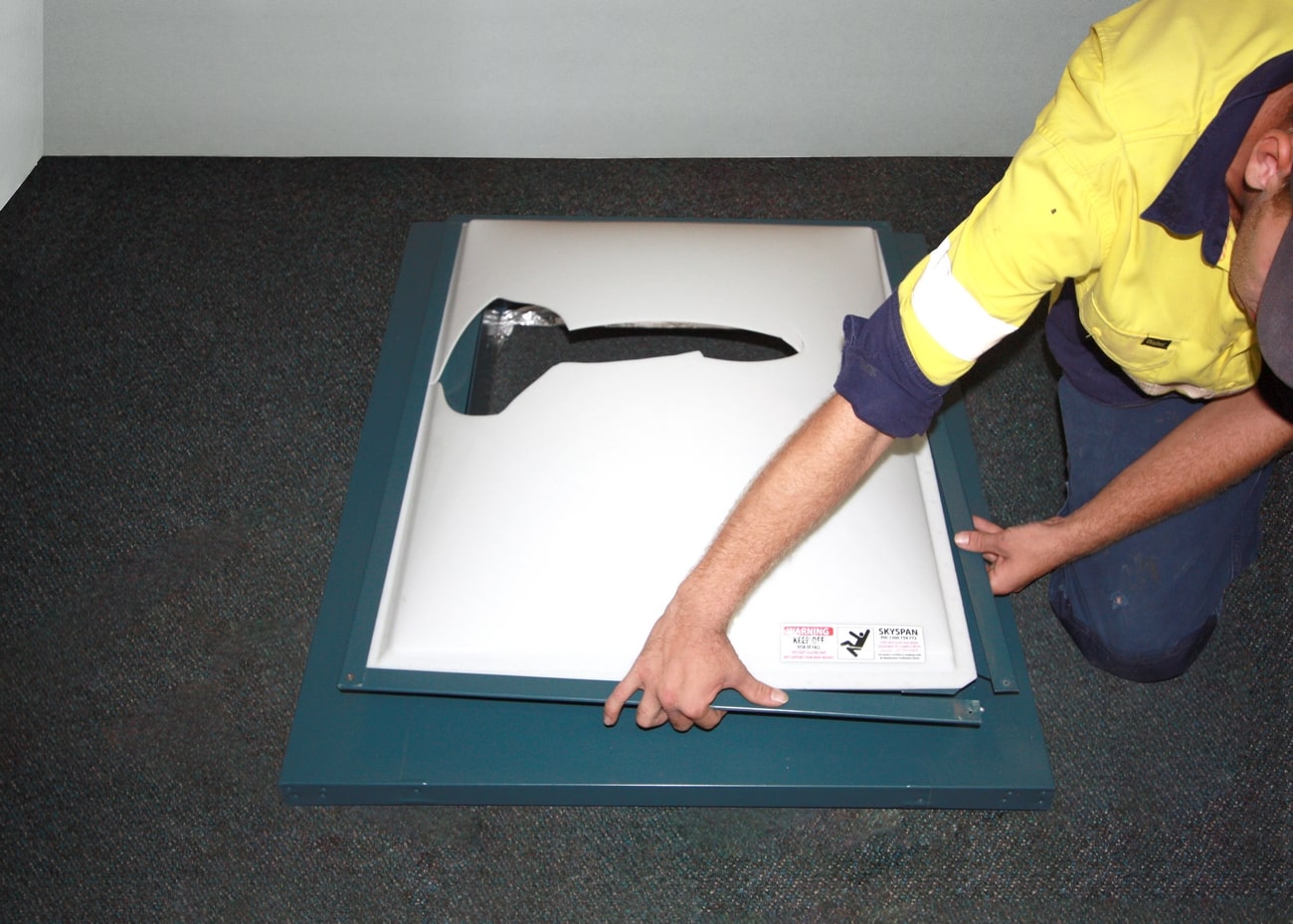
3. Remove Broken Dome
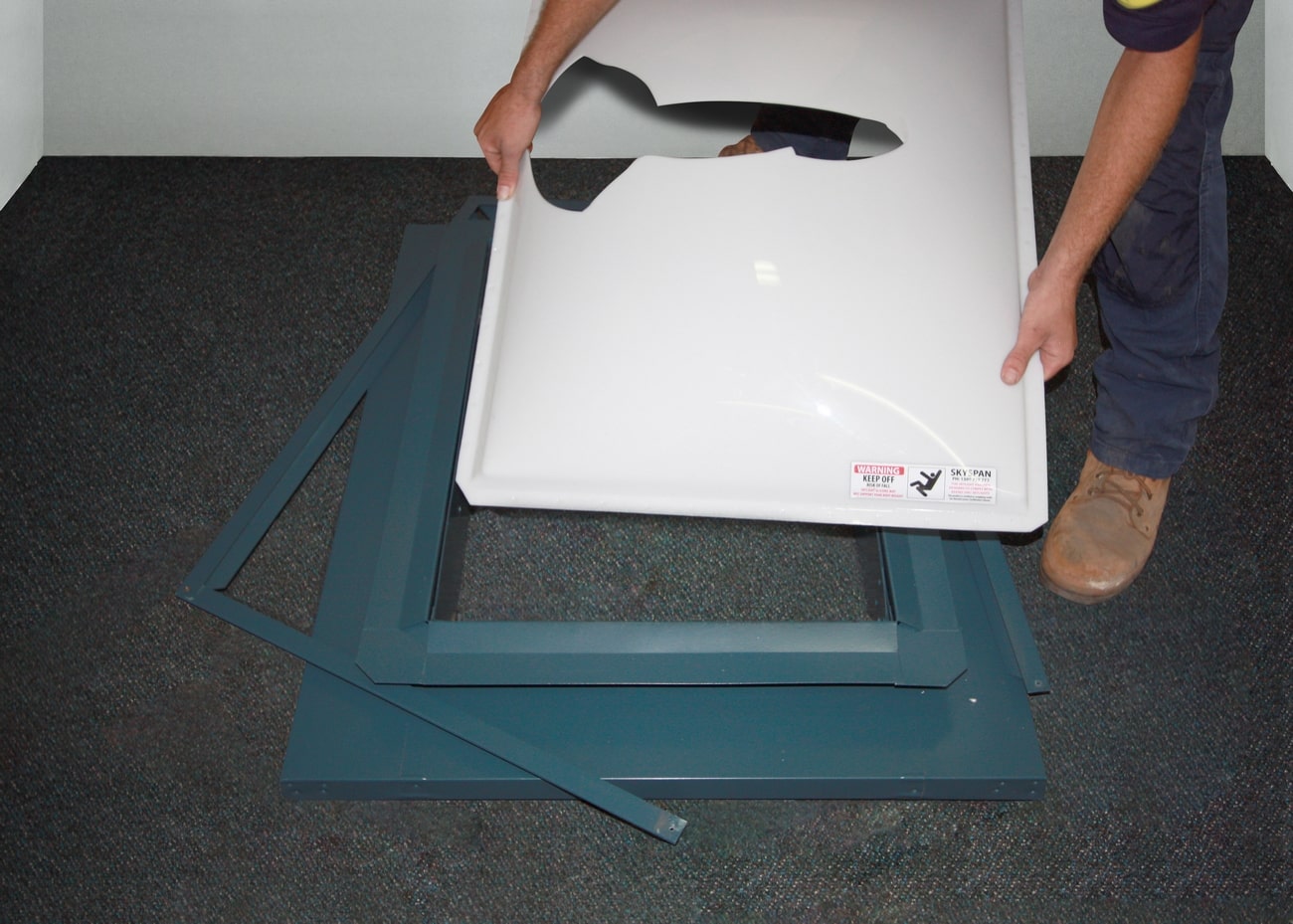
4. Replace with new Dome
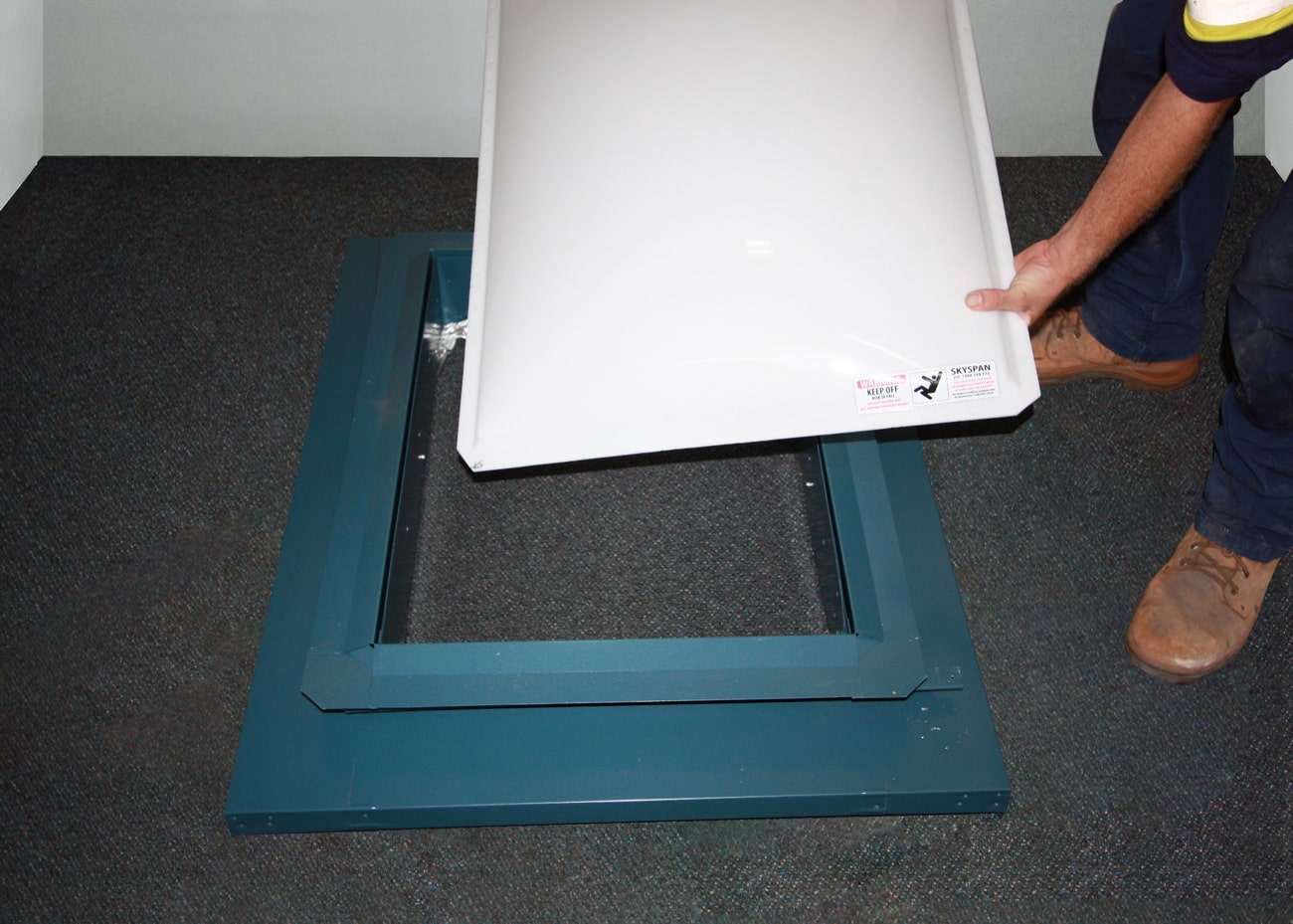
5. Replace Trims
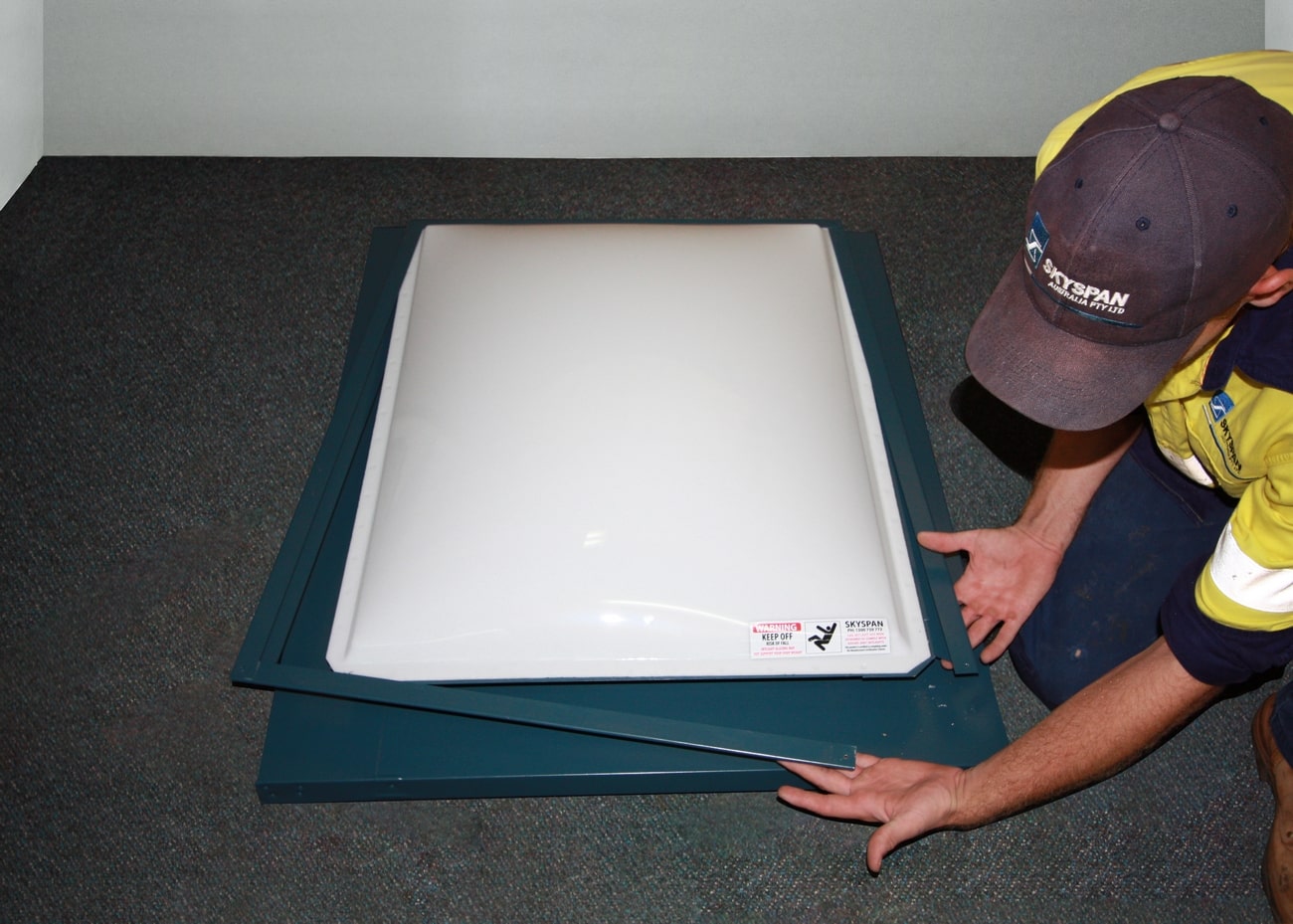
6. Rivet trims together
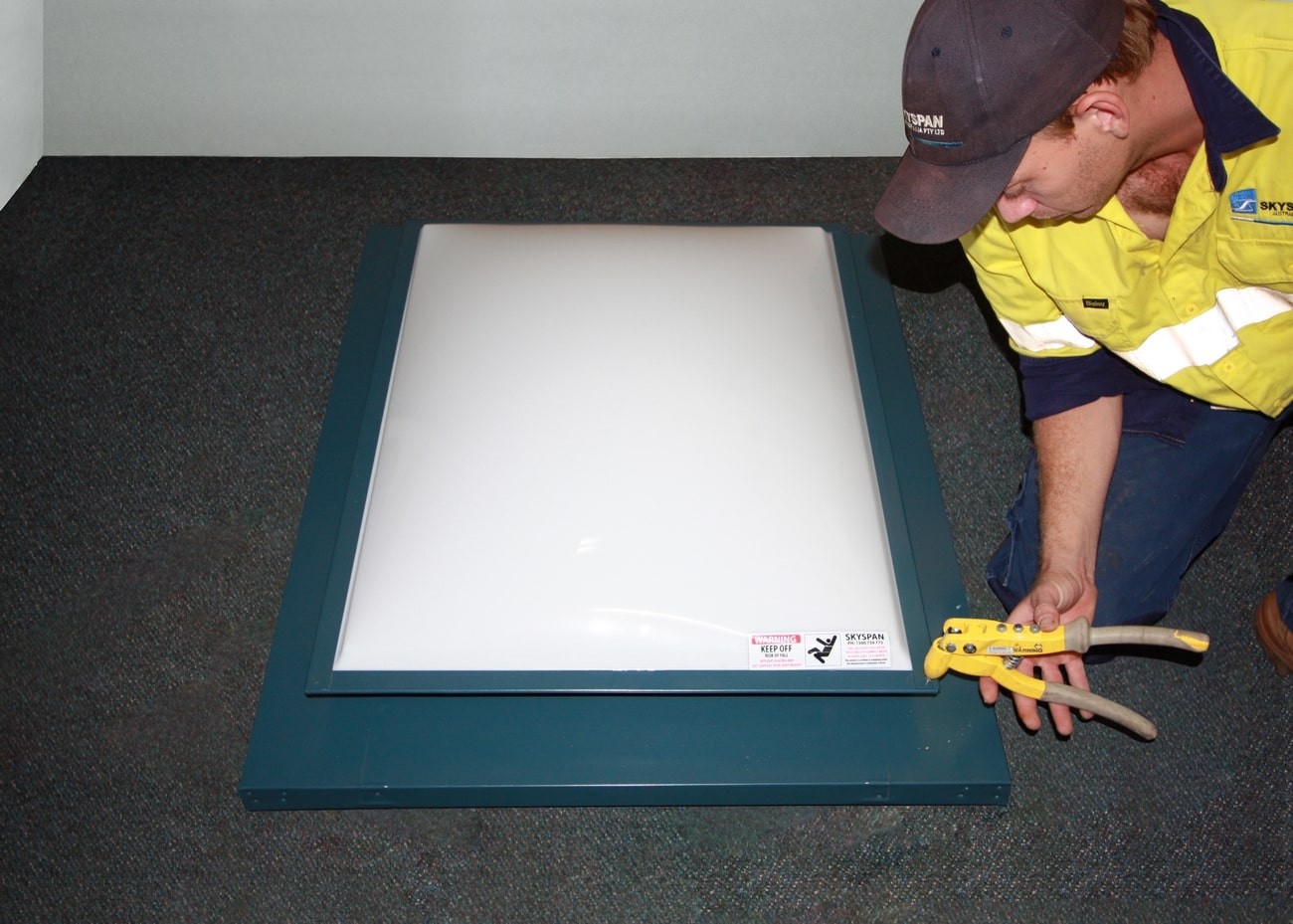
Replace with Traditional Frame and Dome
1. Remove rivets or screws
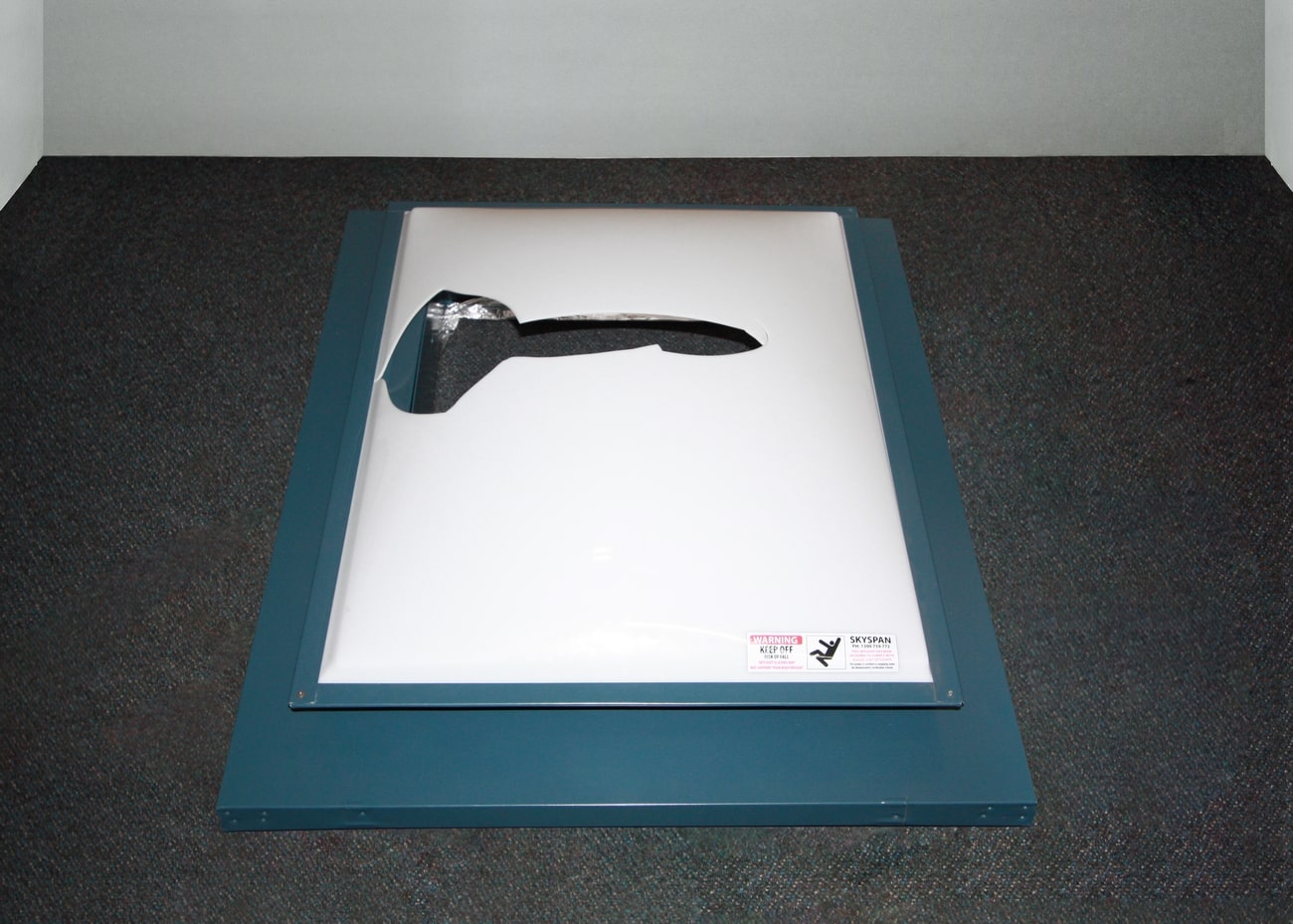
2. Lift off Traditional Frame and Dome
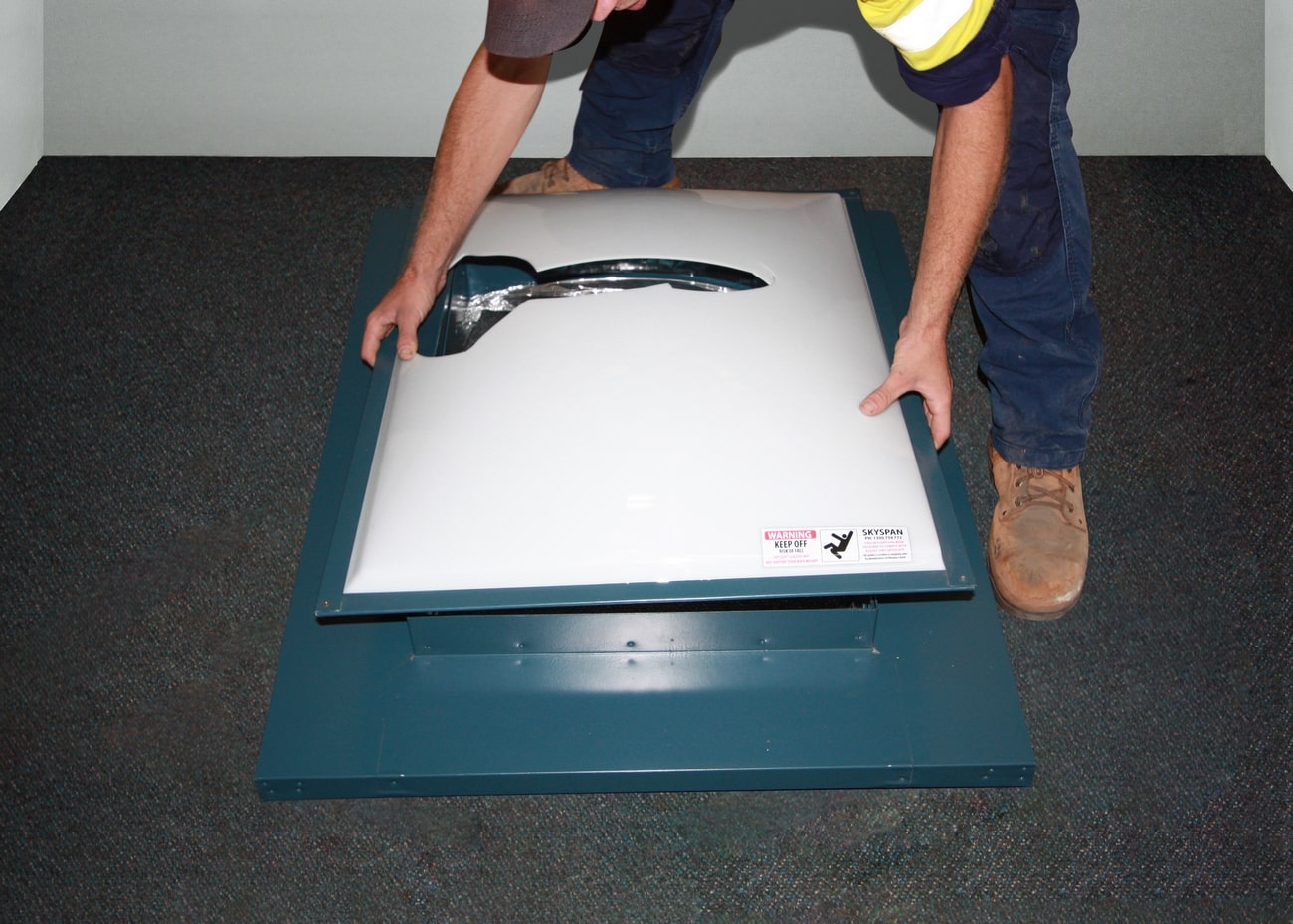
3. Replace with new TFD
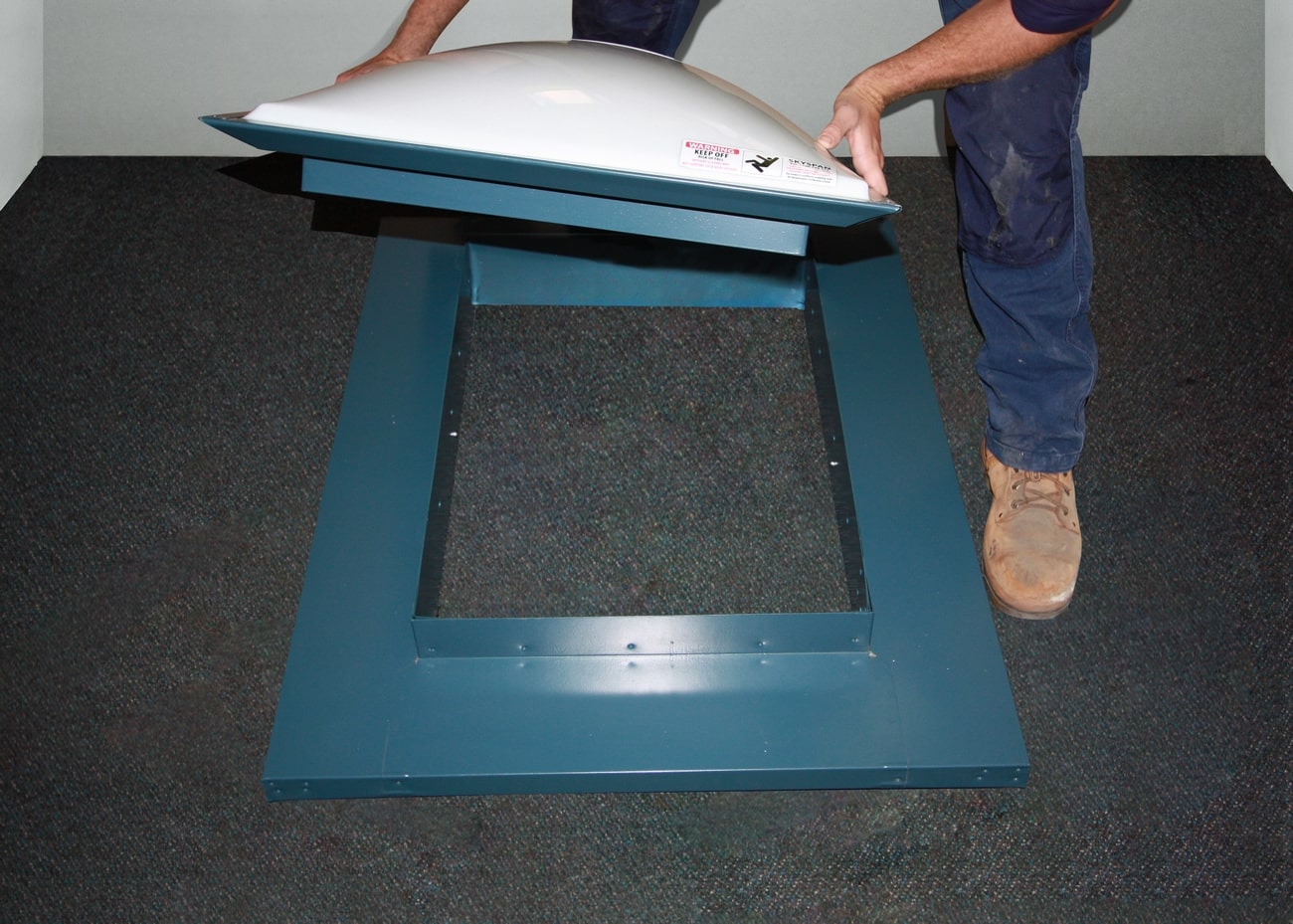
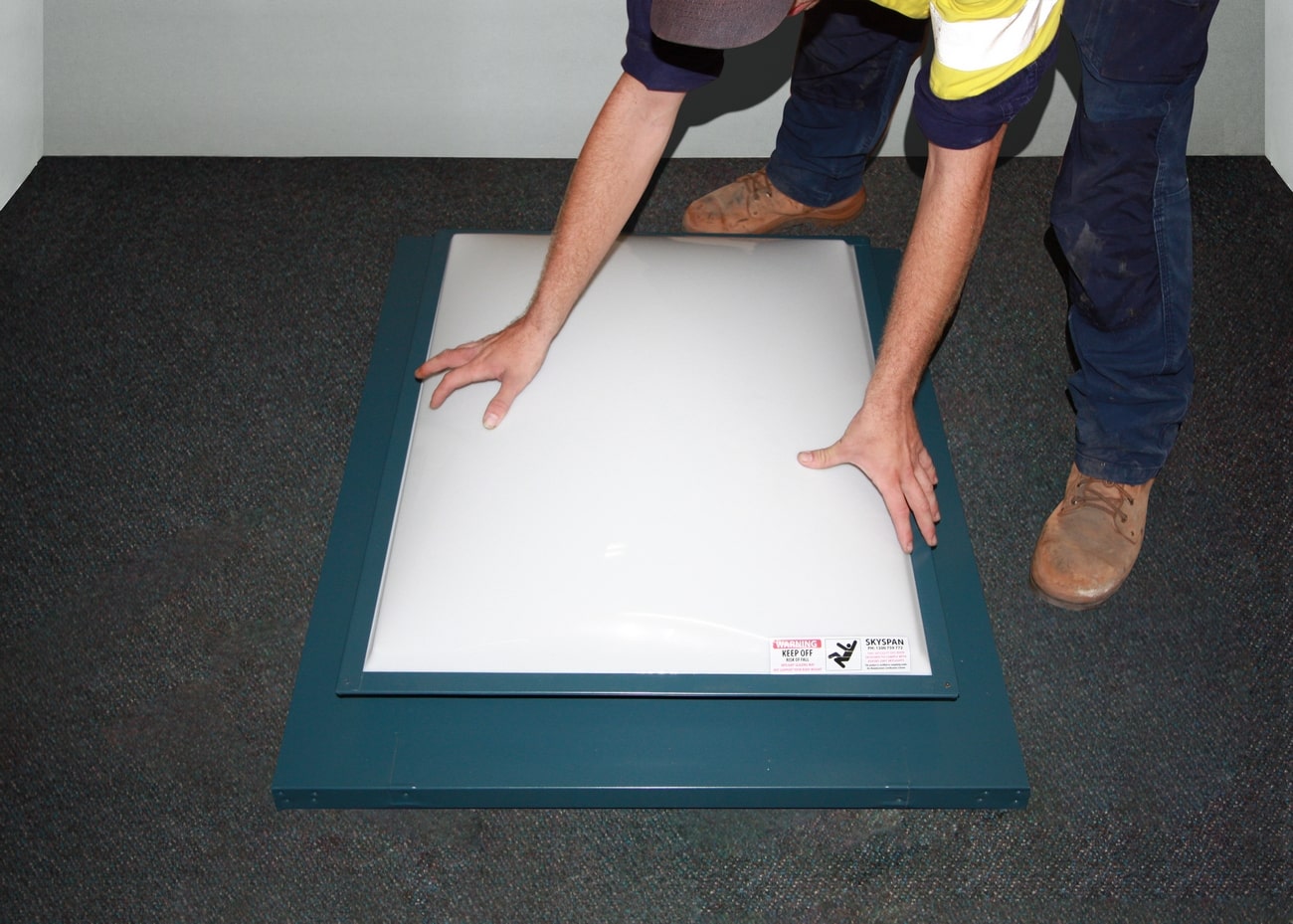
4. Rivet new TFD to existing upstand
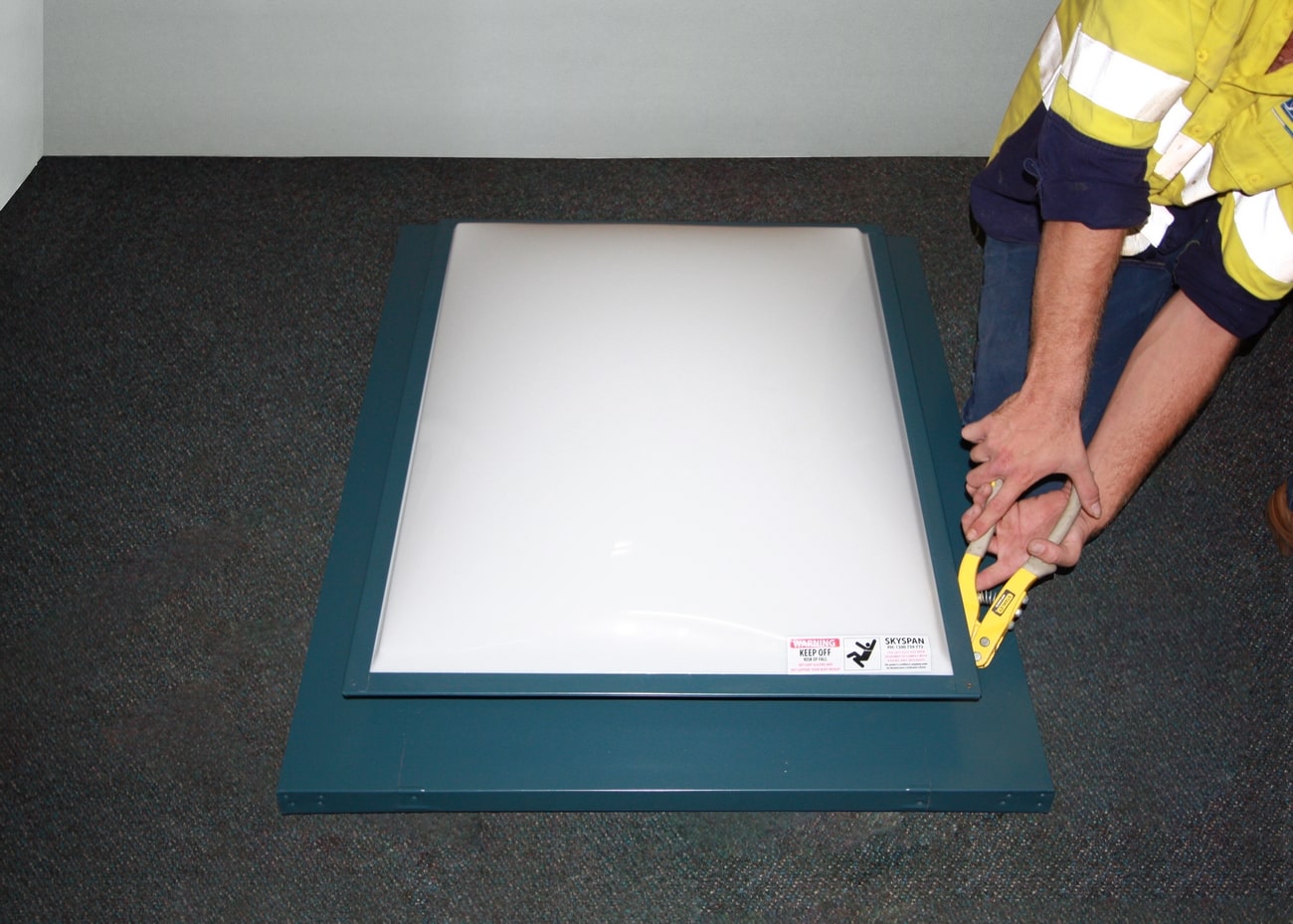
Modify Skylight and Replace with Traditional Frame and Dome
1. Drill out rivet and remove trims
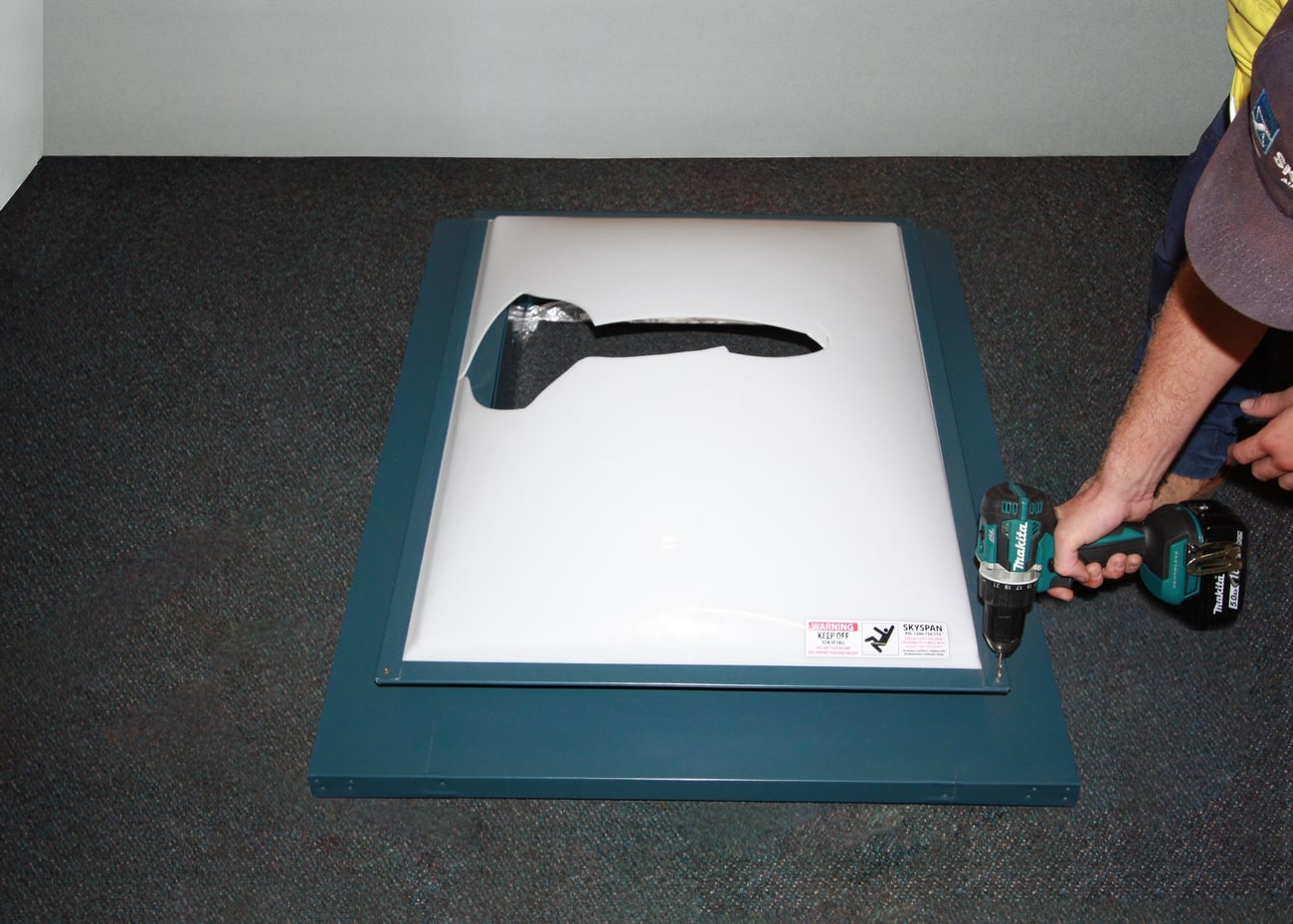
2. Remove broken dome
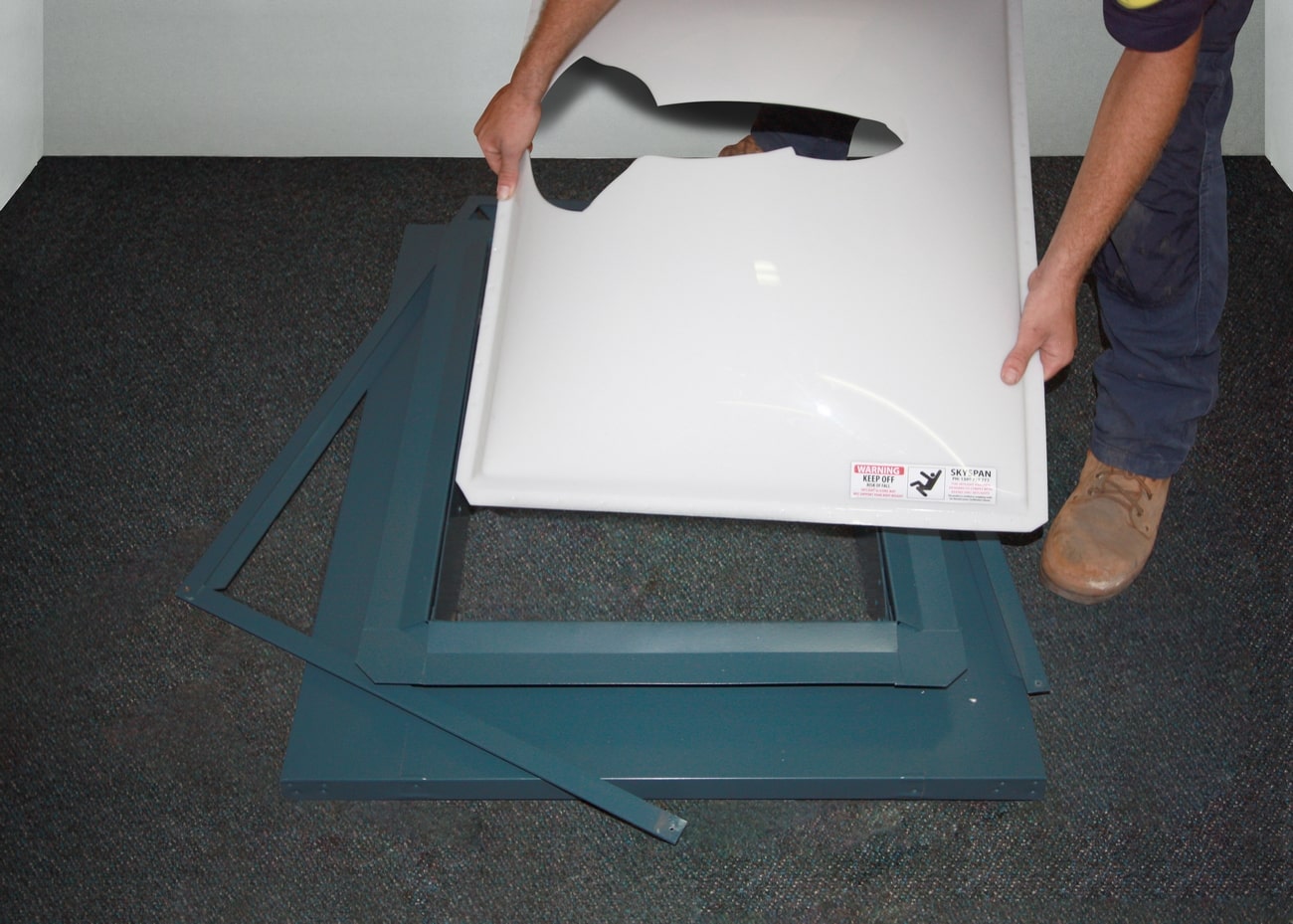
3. Cut off existing frame parts (this will vary from brand to brand)
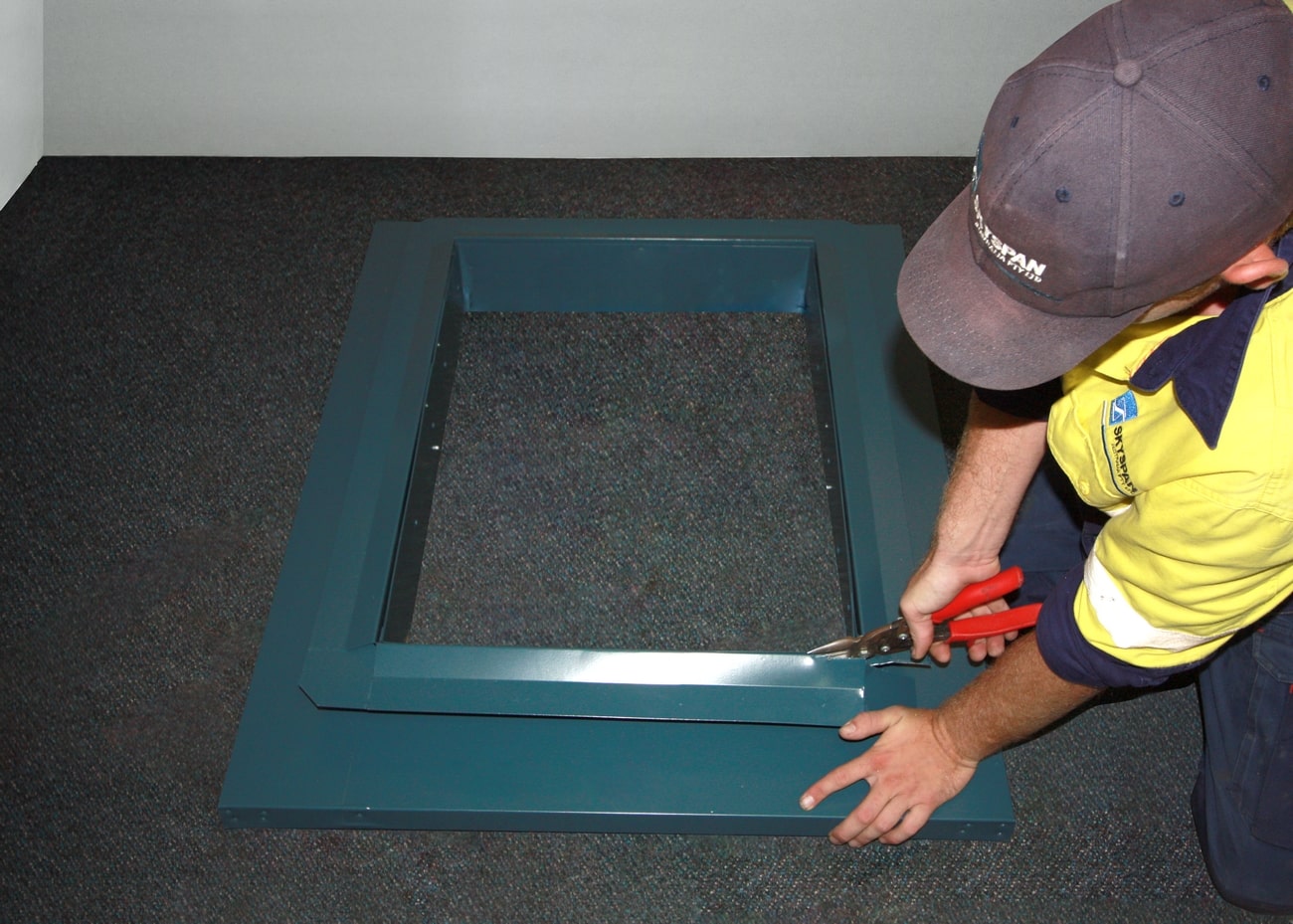
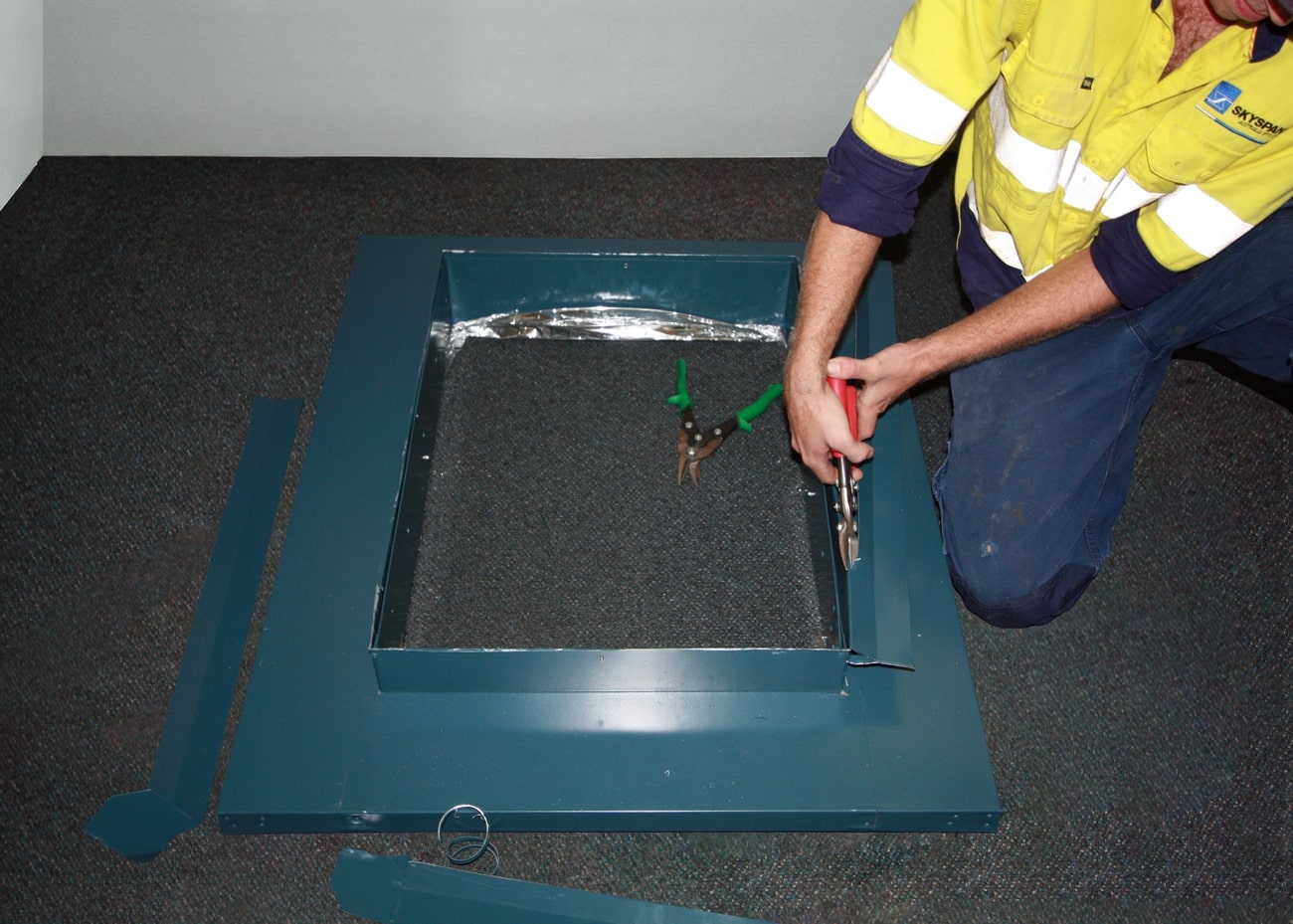
4. Fit new TFD over existing Skylight

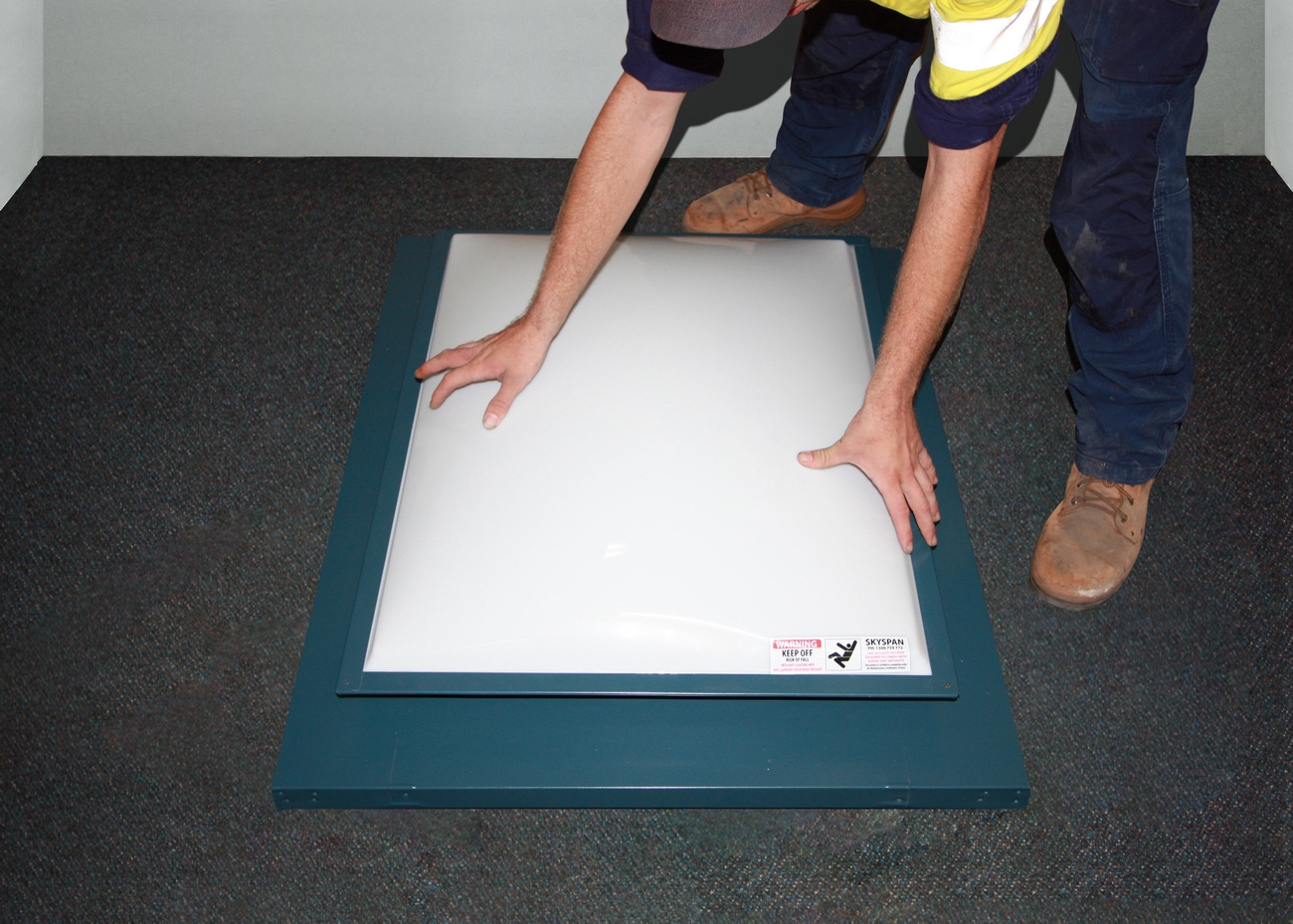
5. Rivet TFD to existing upstand

Replace Dome with larger dome and frame extension
1. Drill out rivet

2. Remove trims
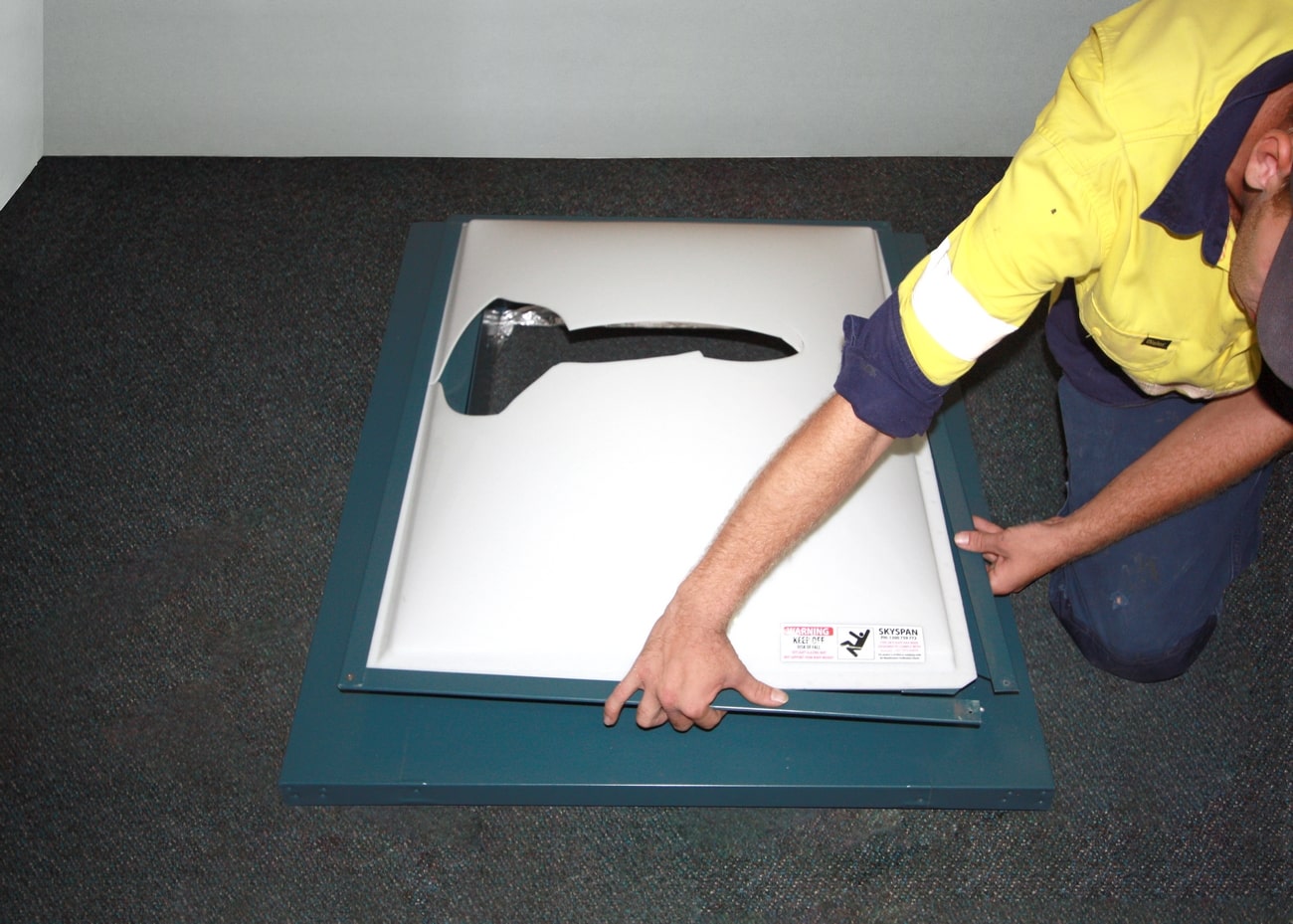
3. Remove Dome

4. Measure distance needed
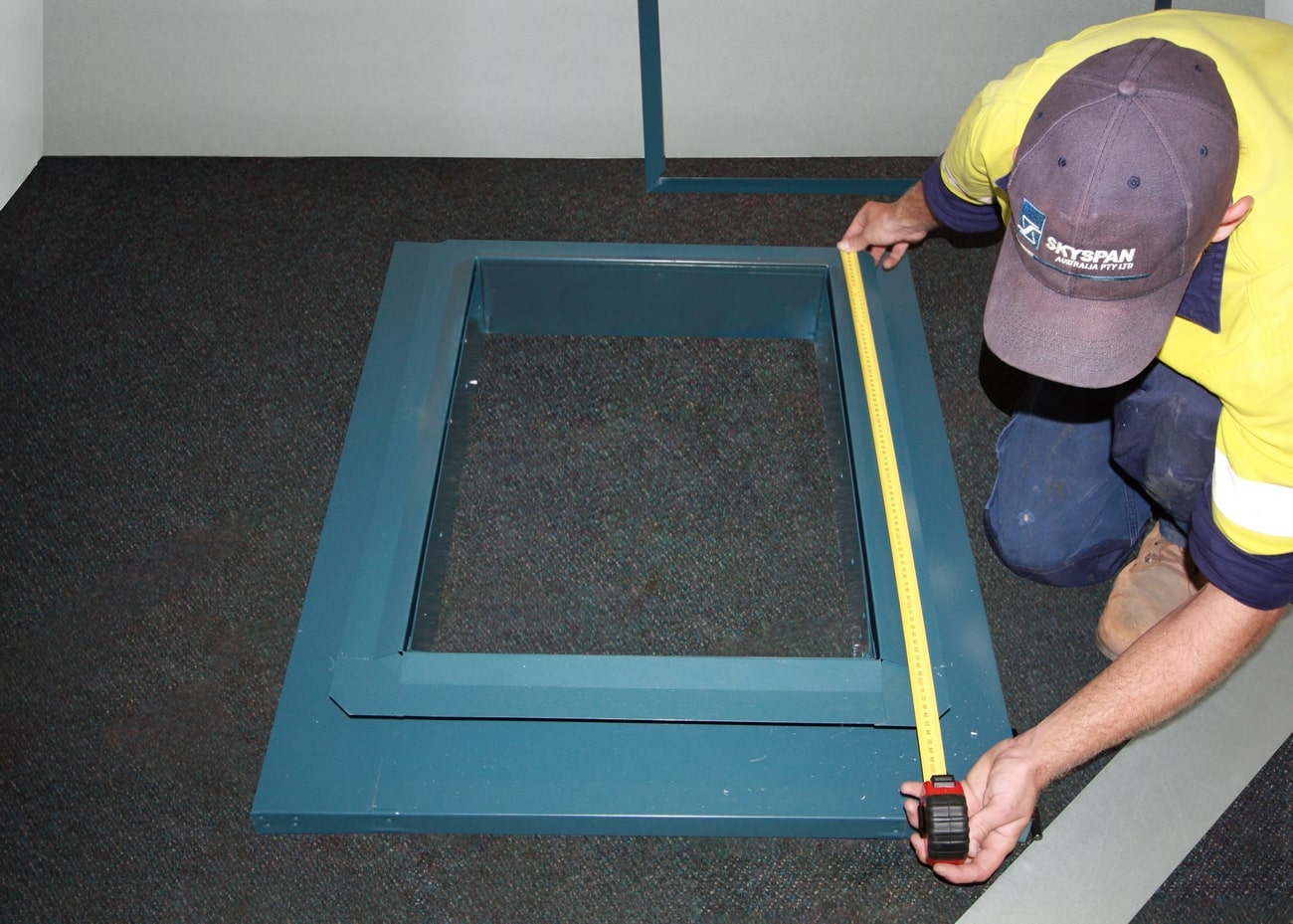
5. Mark out frame extender
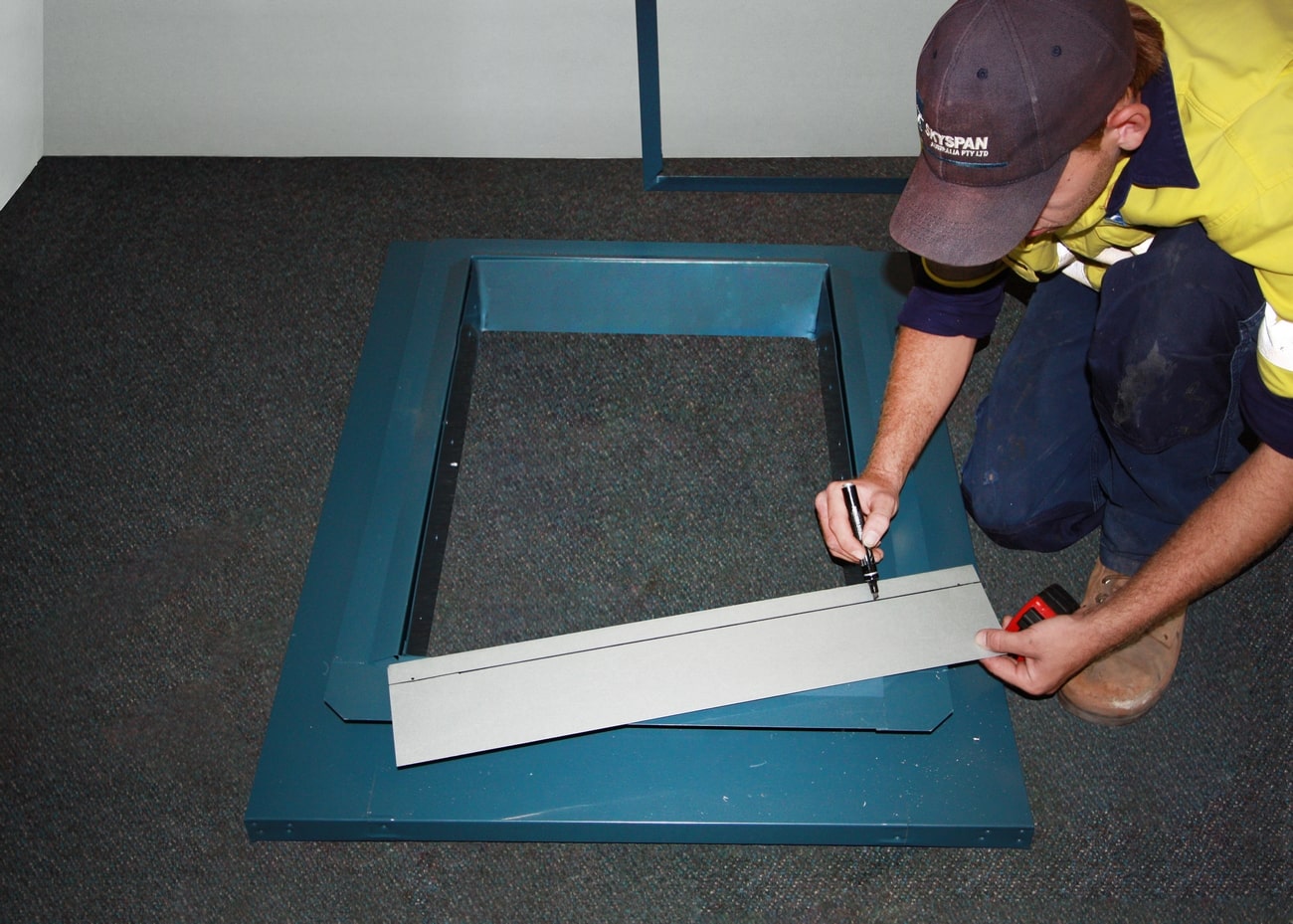
6. Rivet extender to frame
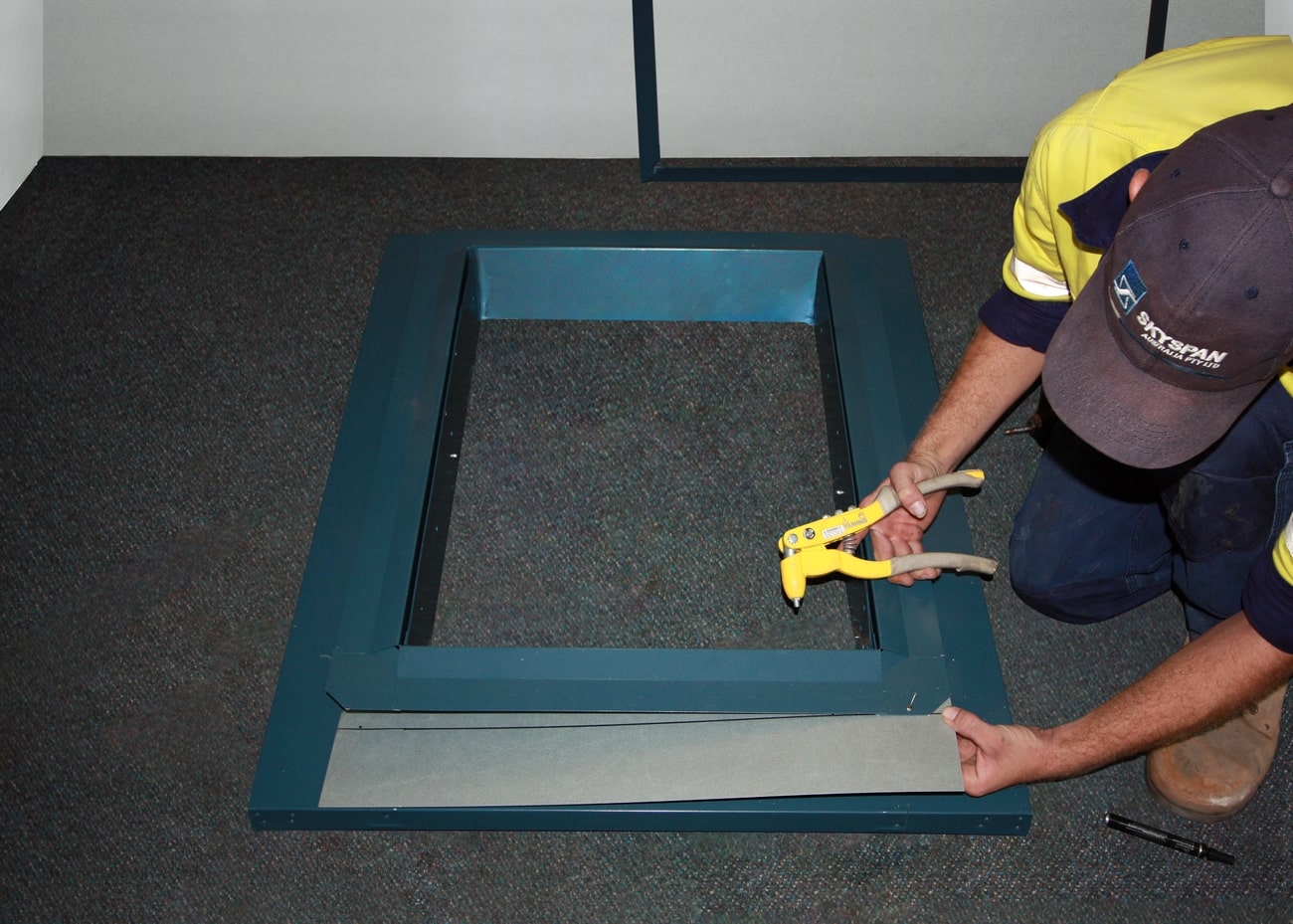
7. Cut off corners
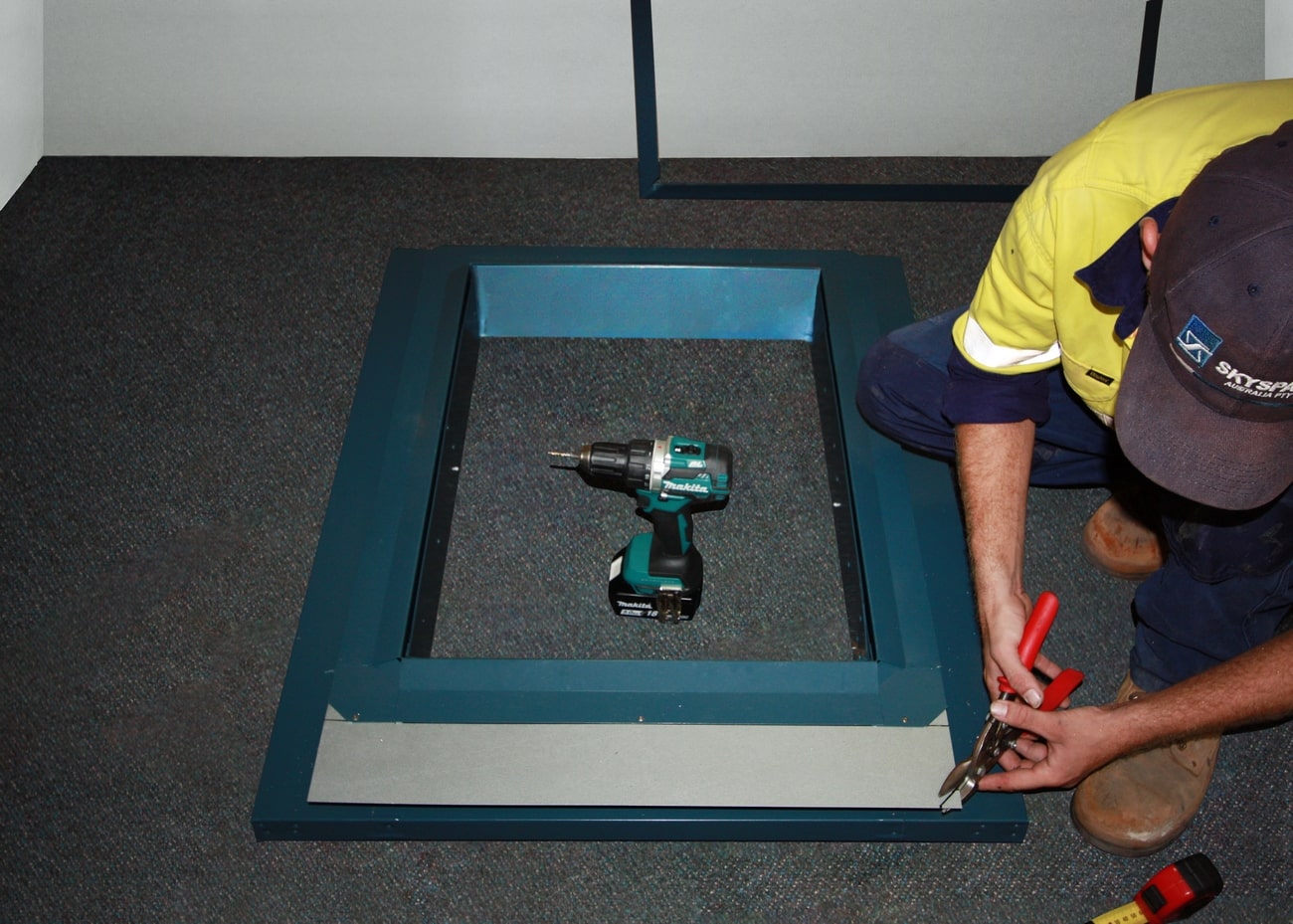
8. Fit new dome to frame
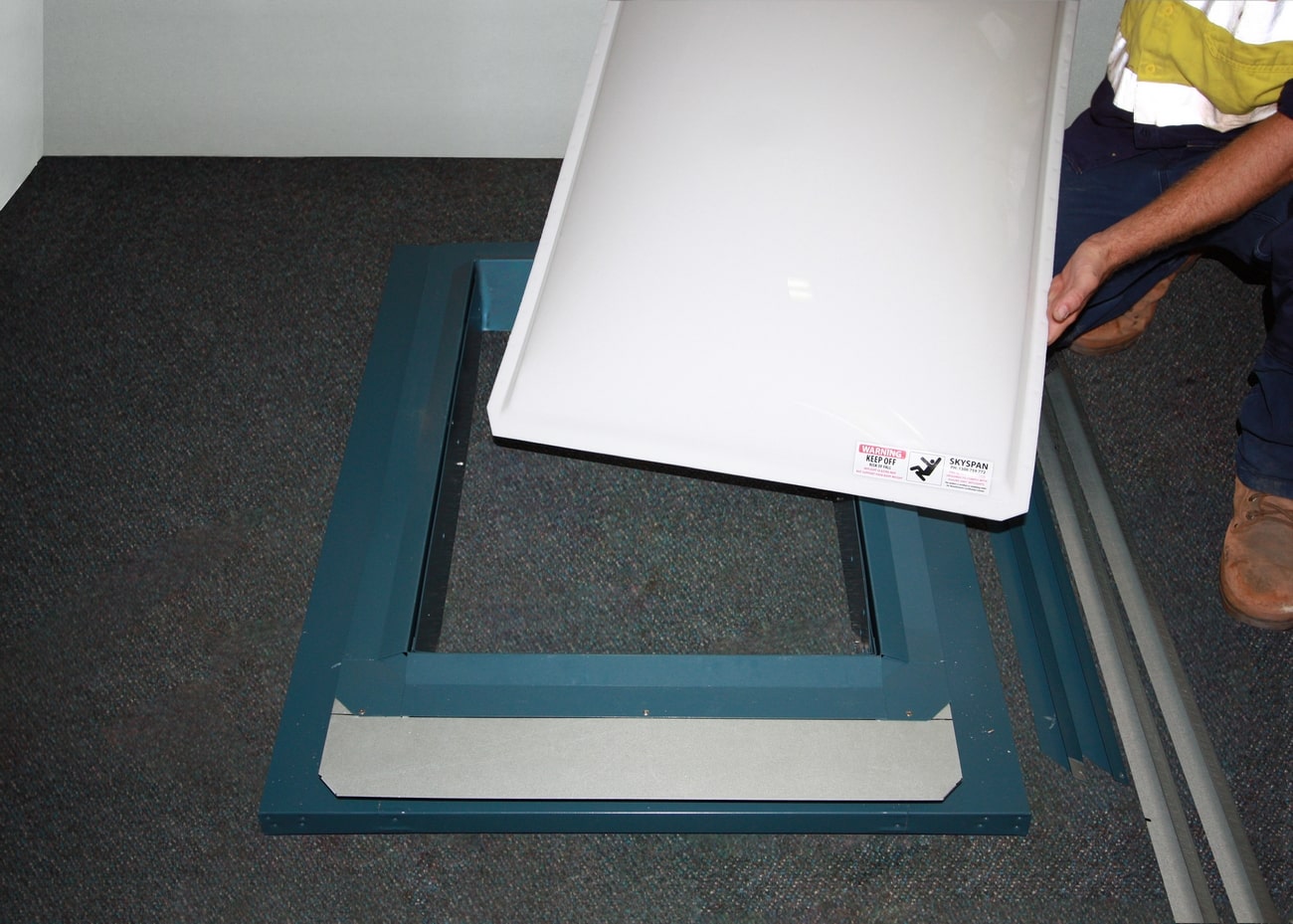
9. Fit new length trims to existing trims
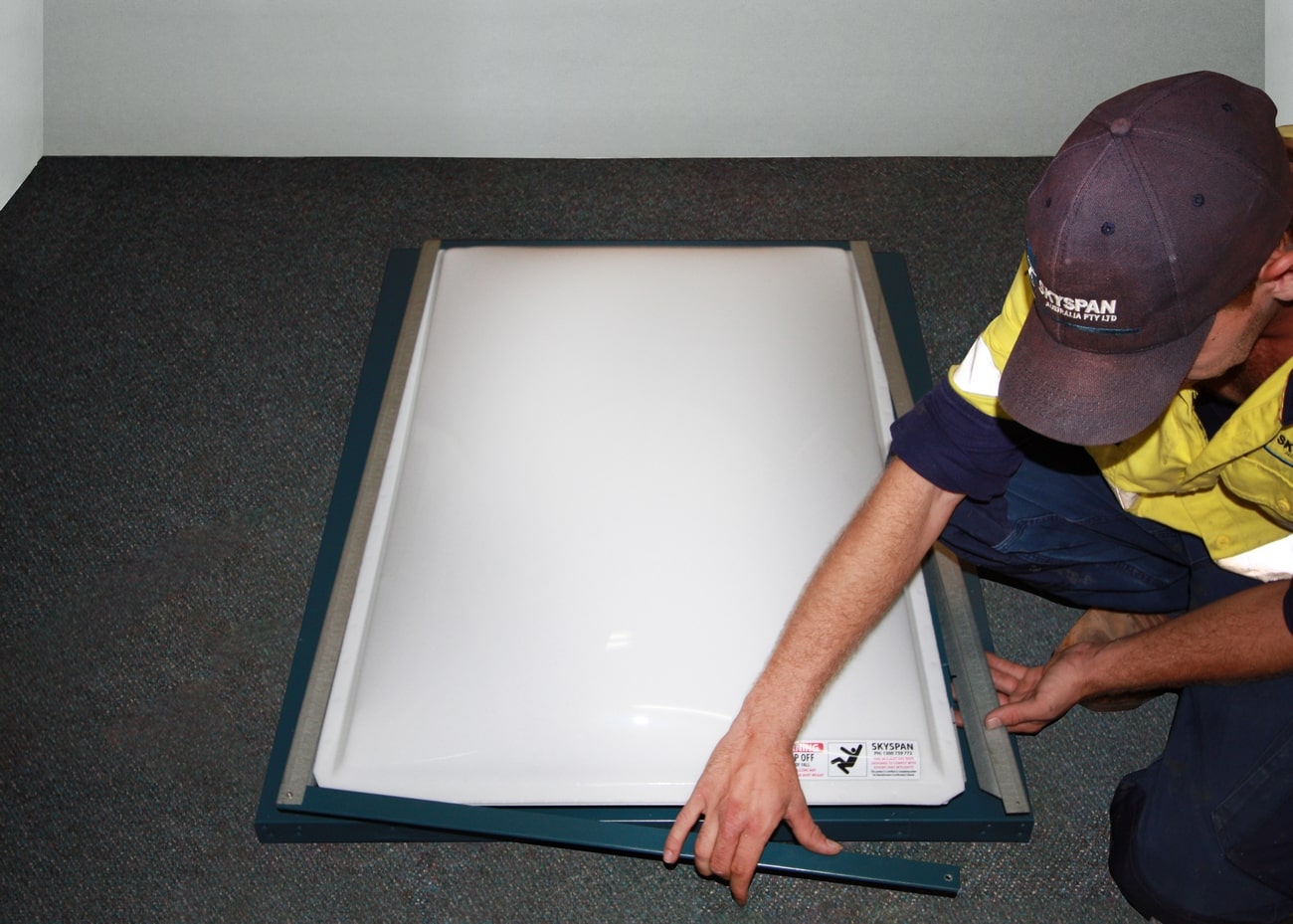
10. Rivet trims together
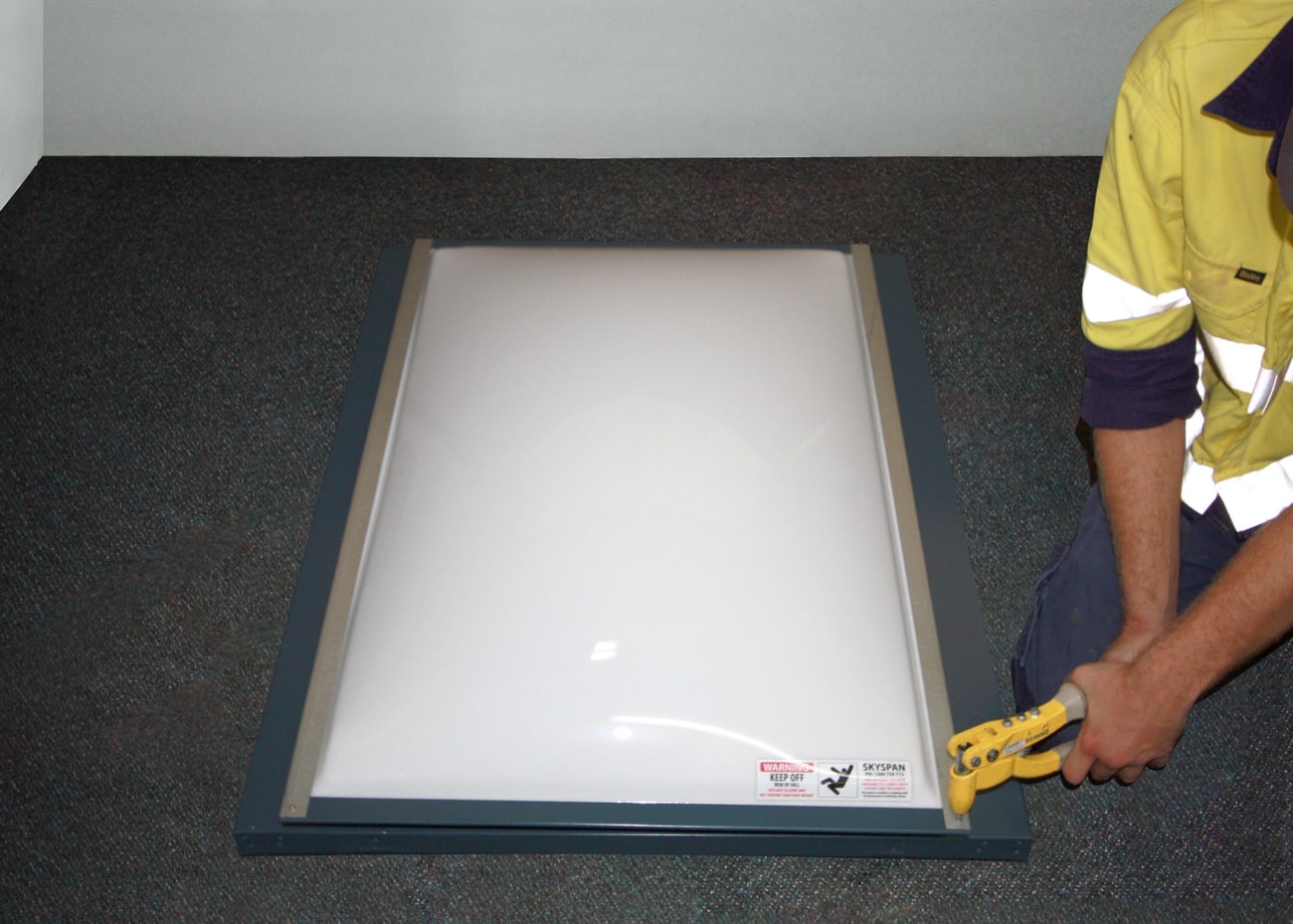
Replace Dome with Skywindow Frame and Glass
1. Remove existing Frame and Dome


2. Modify Frame if needed (see above)
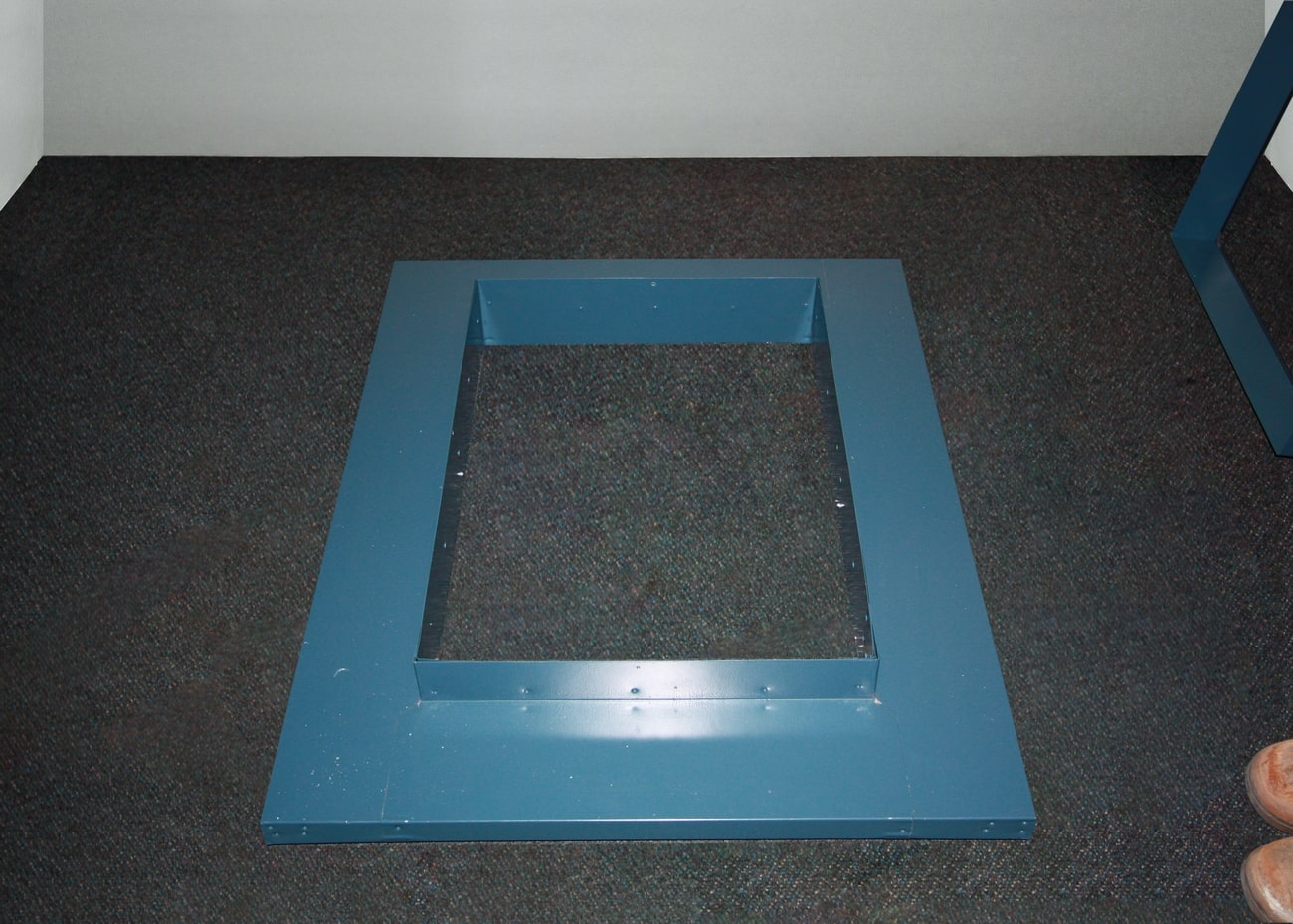
3. Fit new SFG to existing upstand
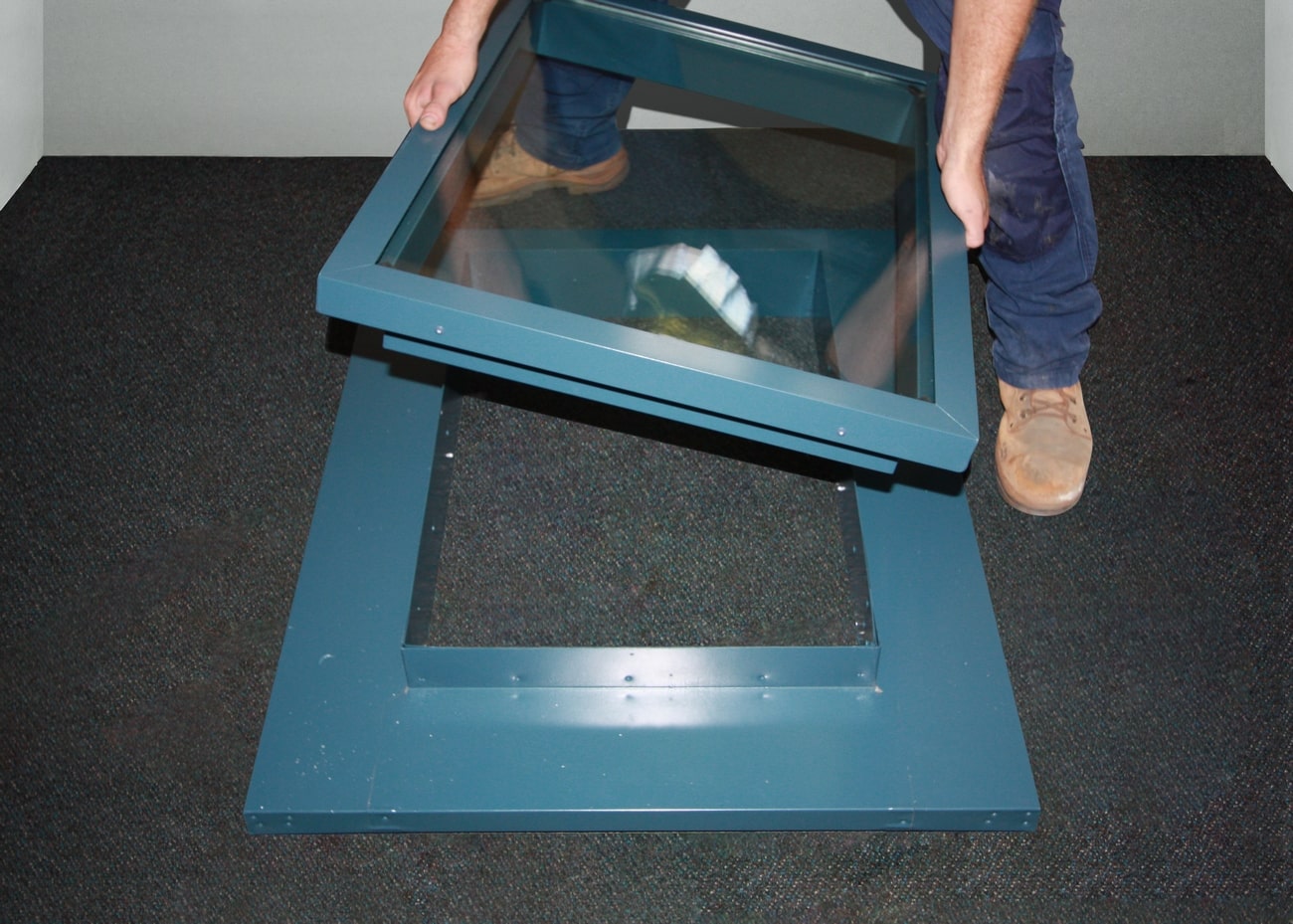
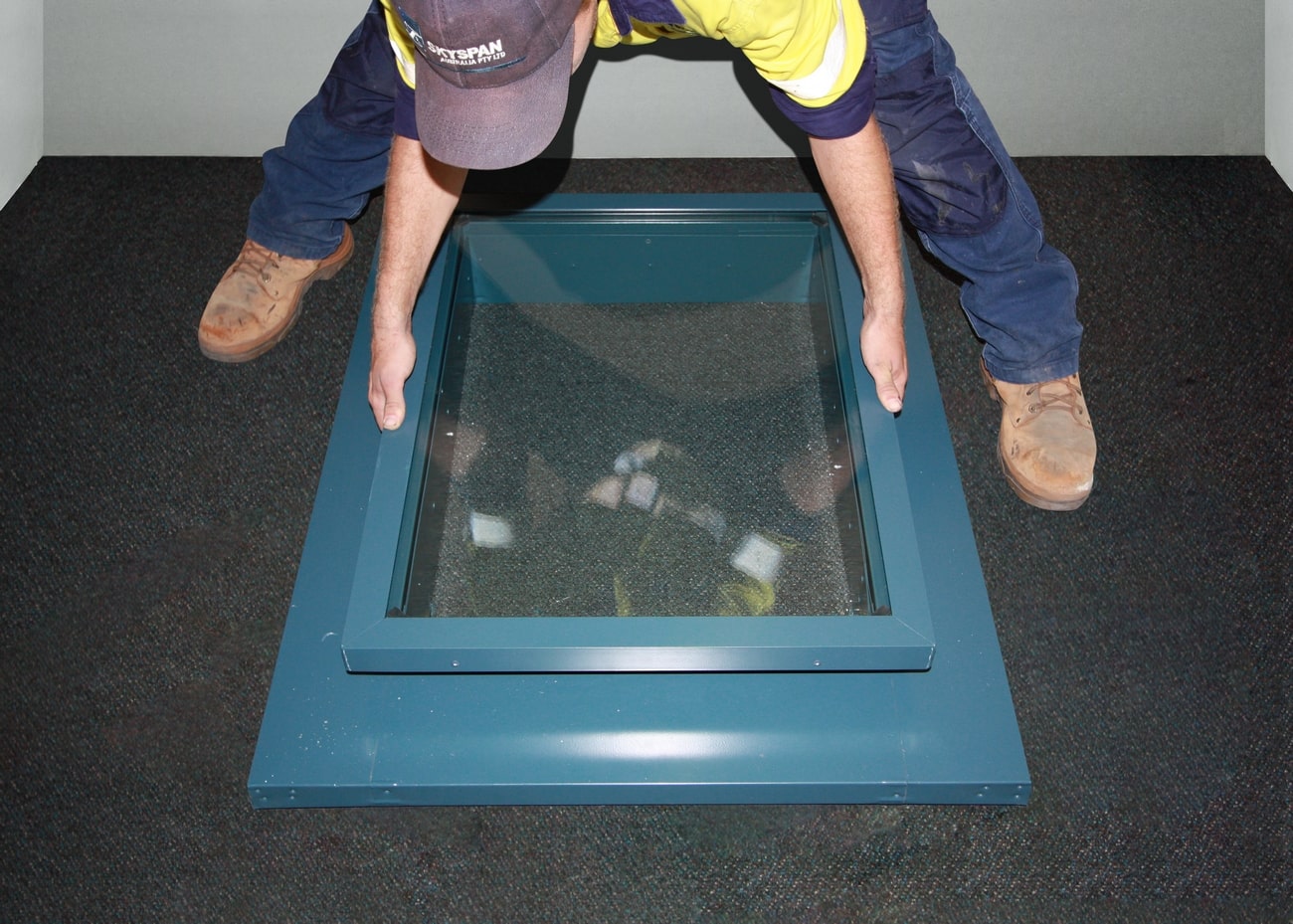
4. Rivet the Frame to the Flashing
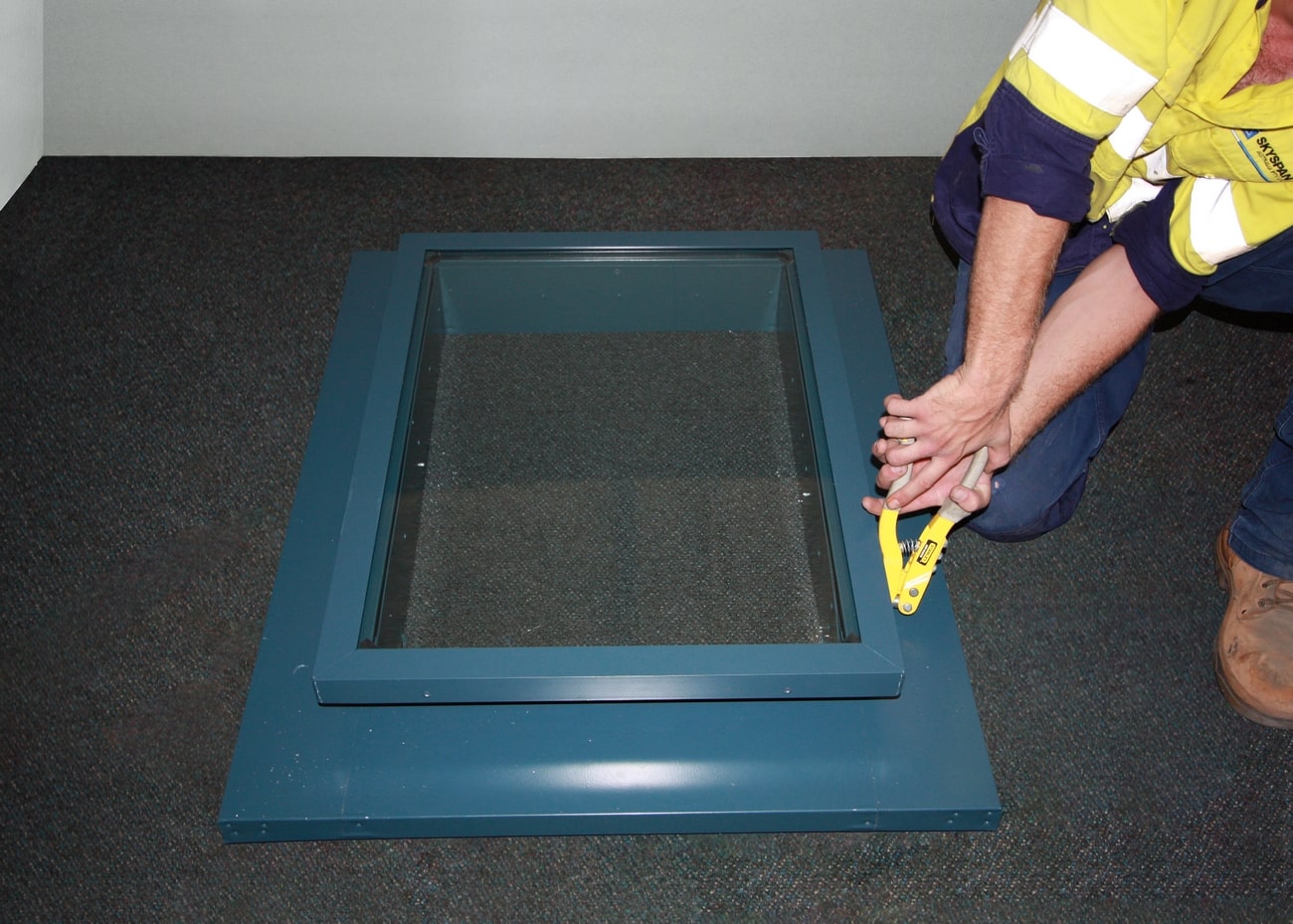
We recommend that you should replace your skylights when you reroof. It’s the most cost-efficient way, and it allows you to synchronize your roof and skylight warranties.
